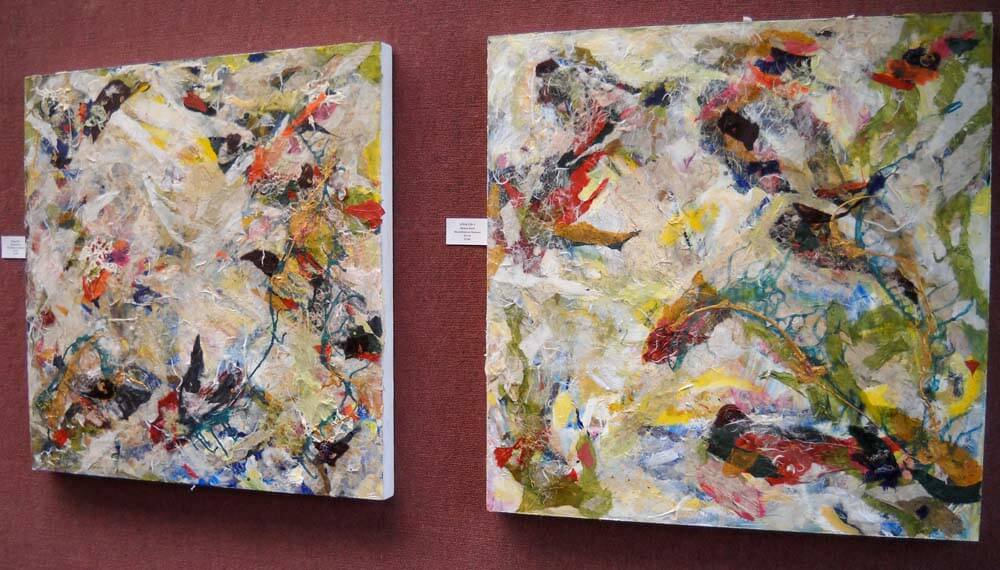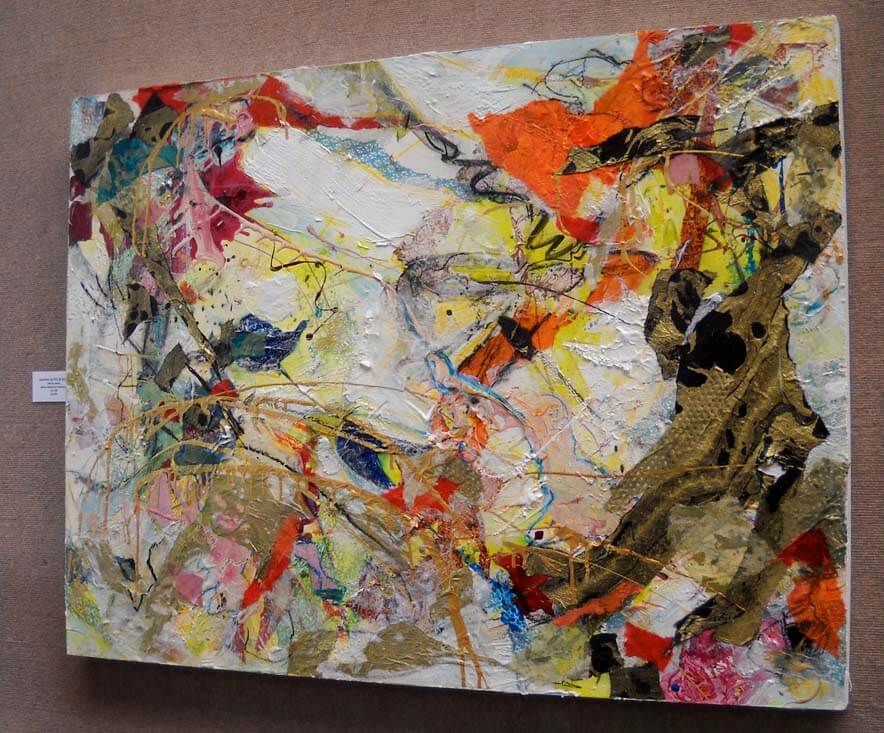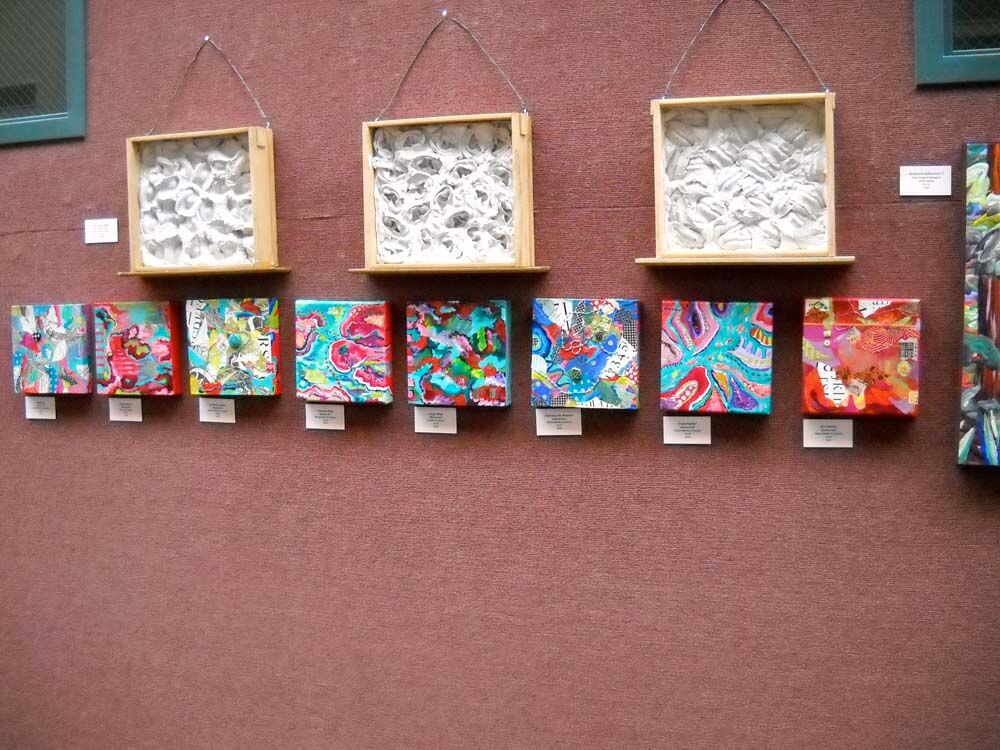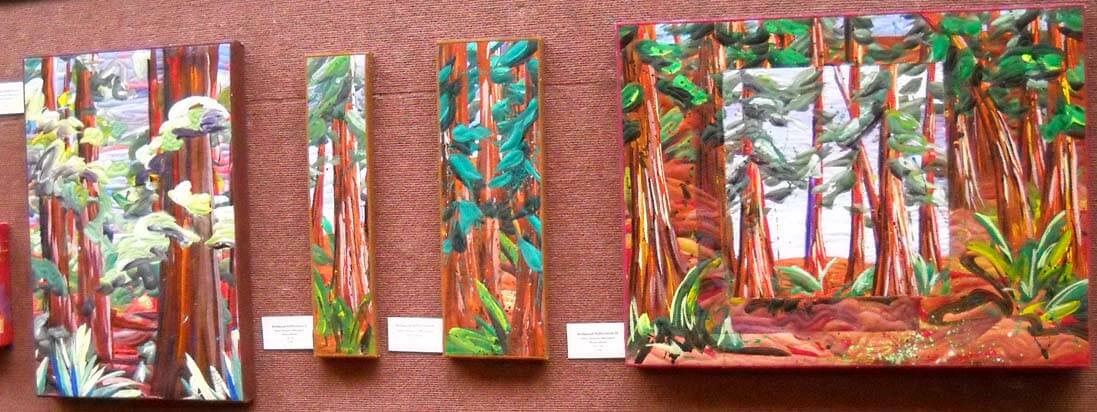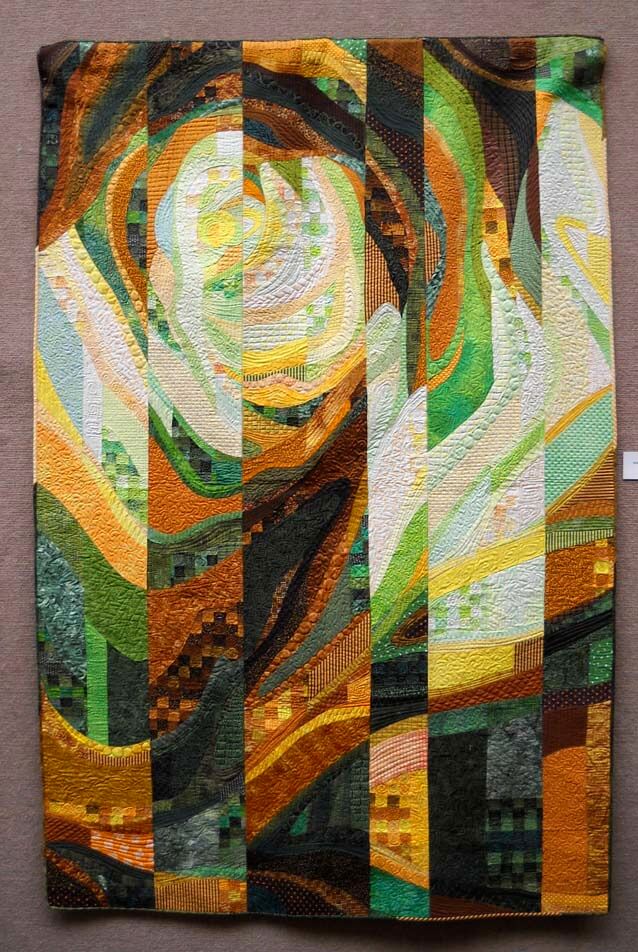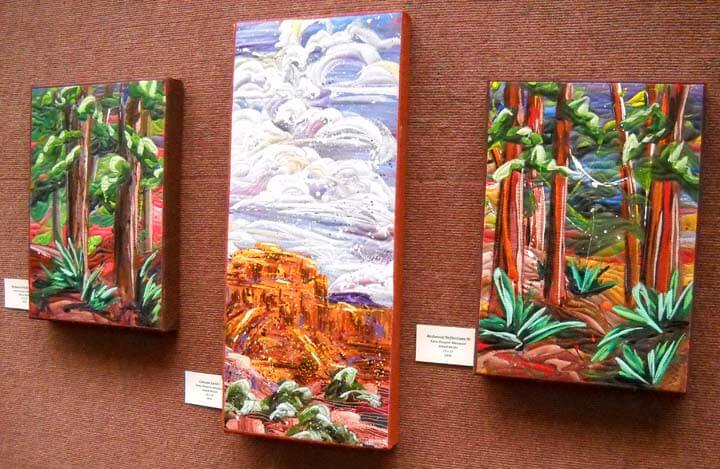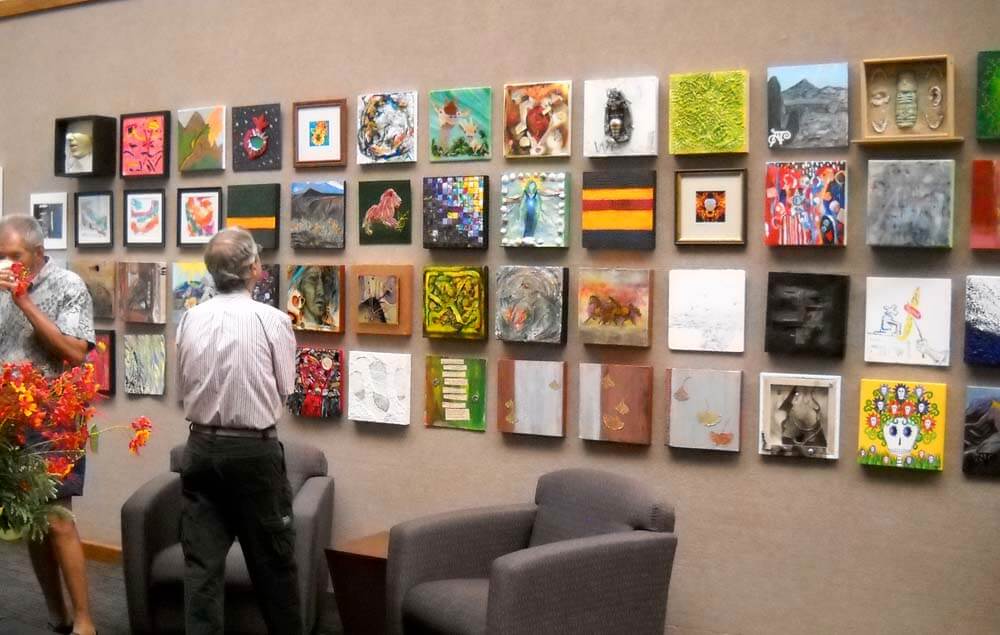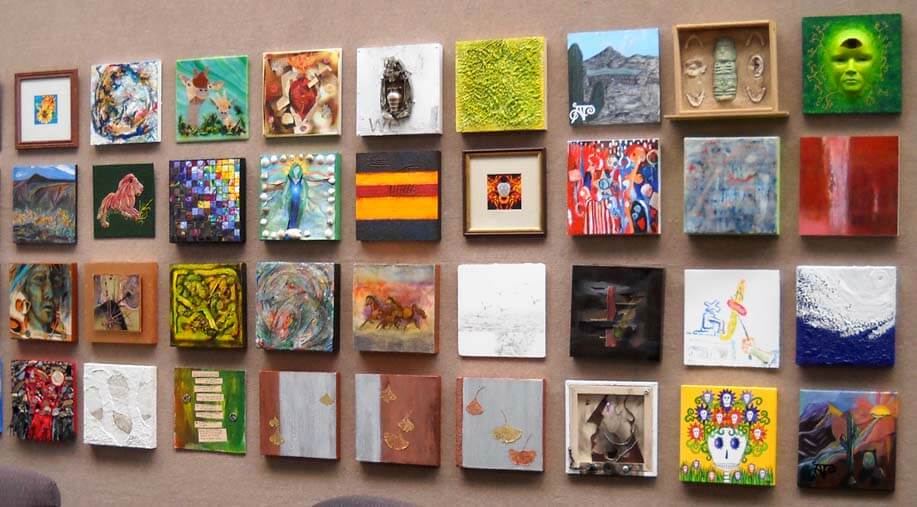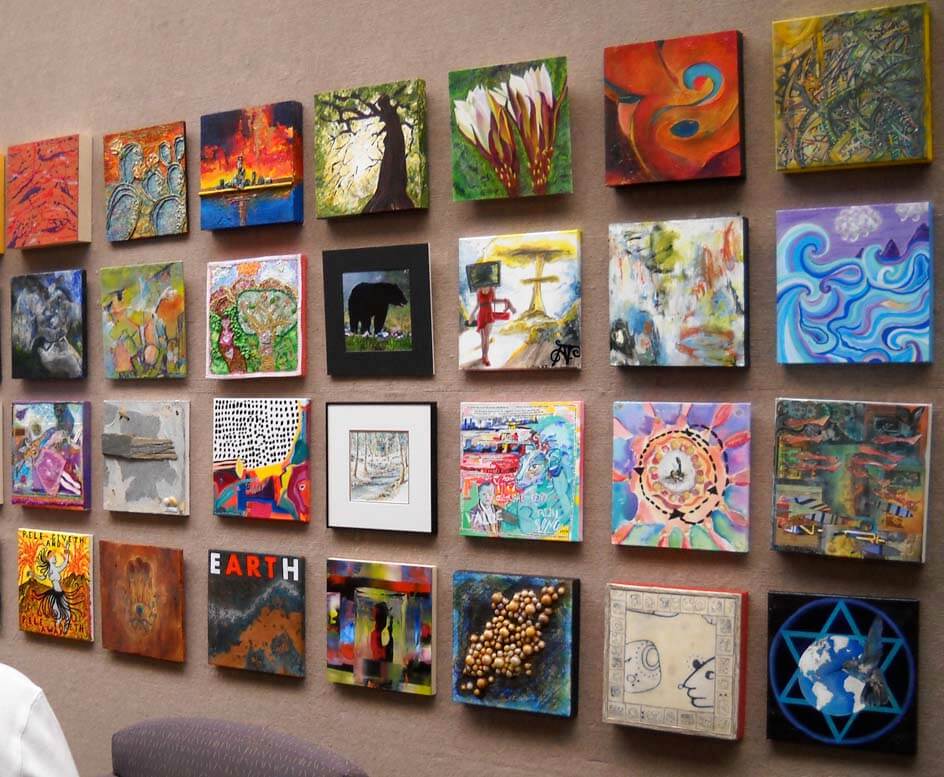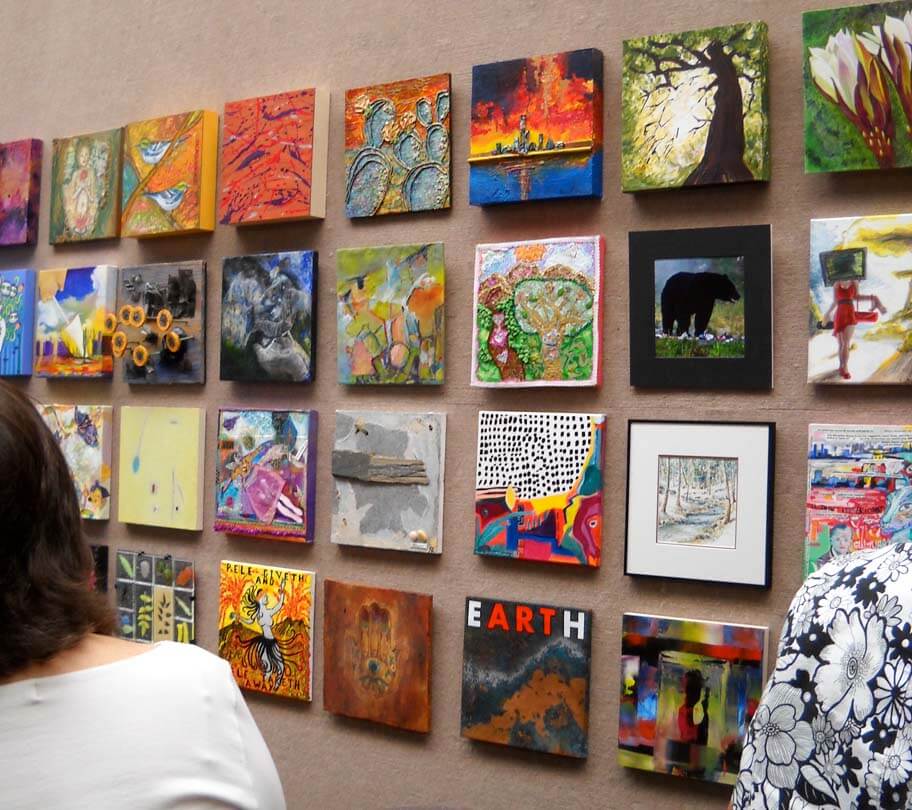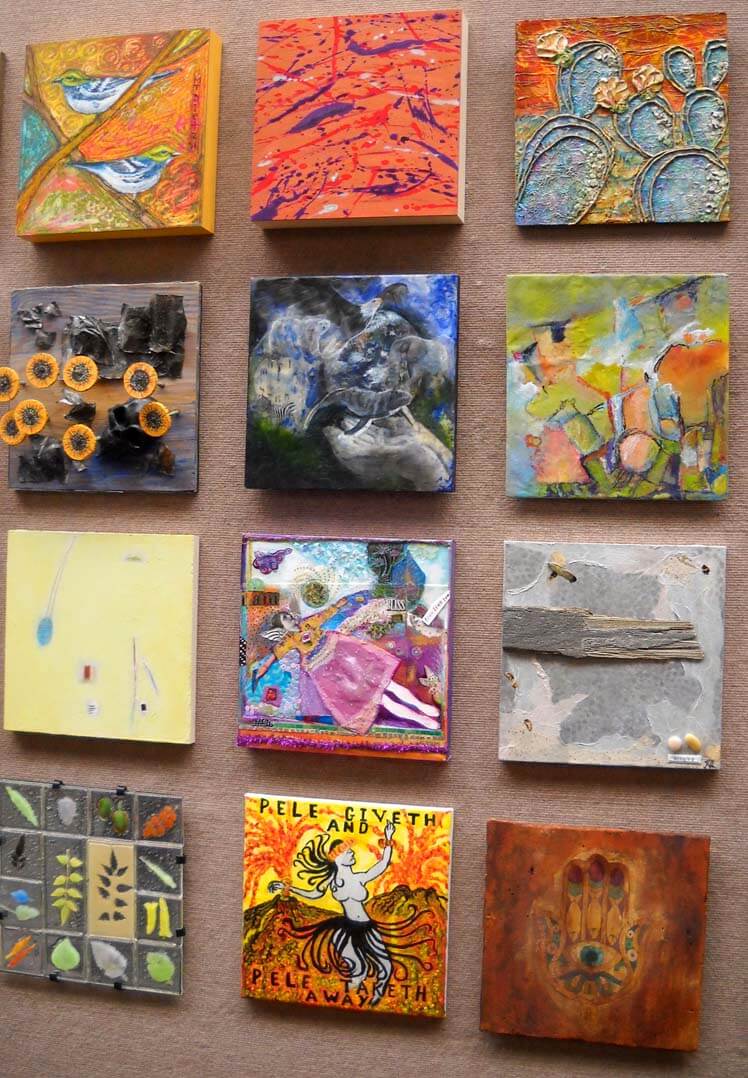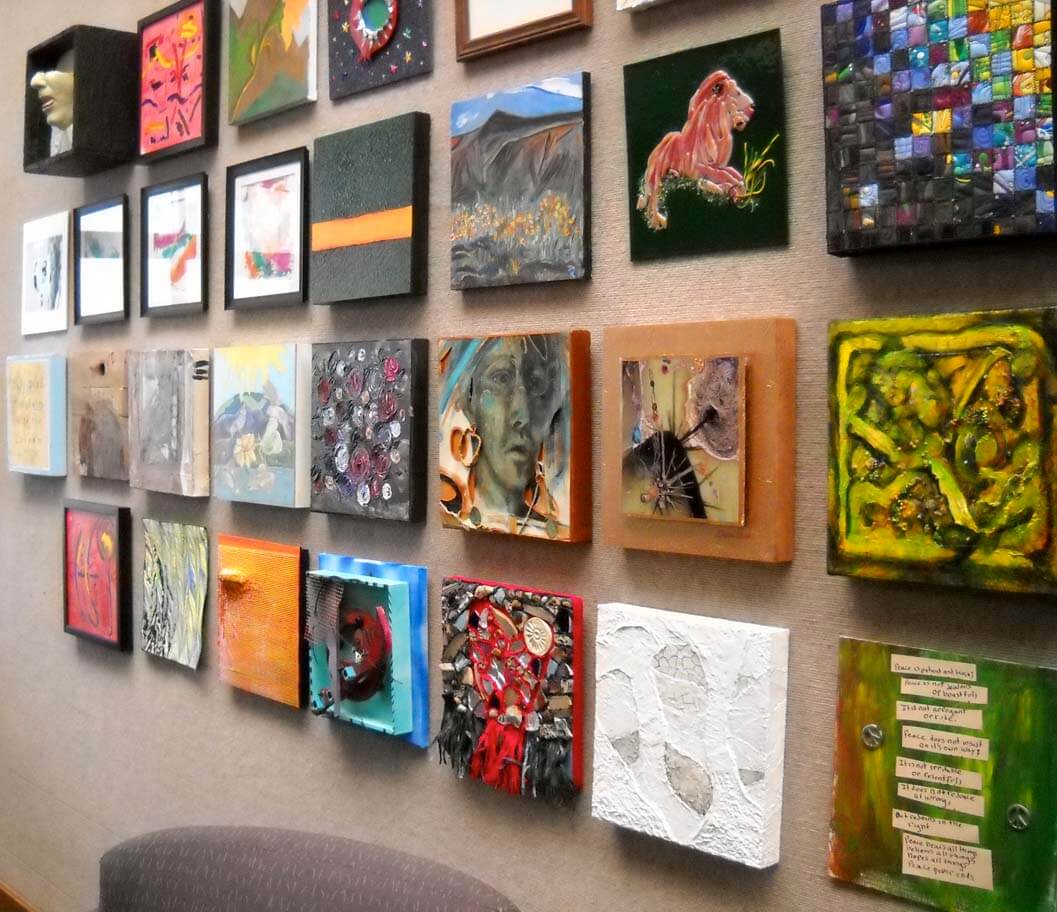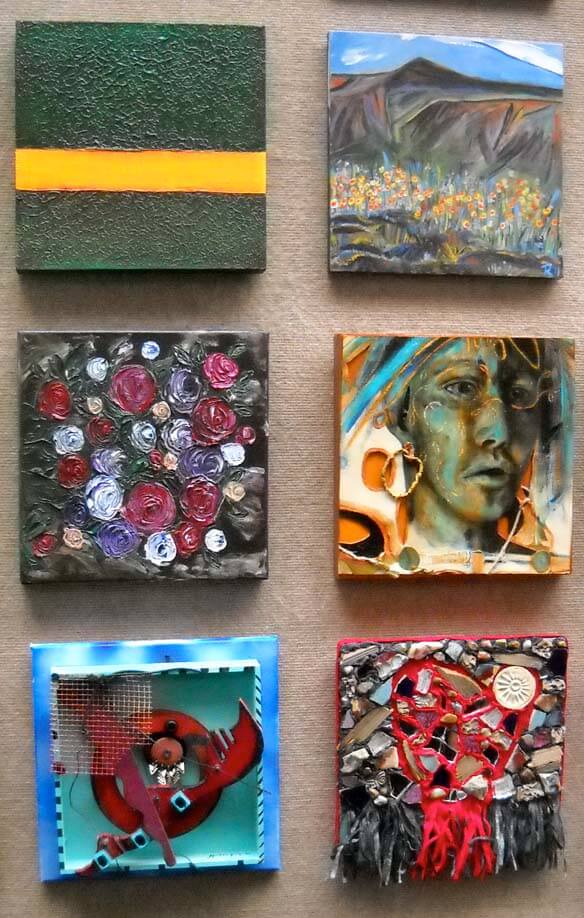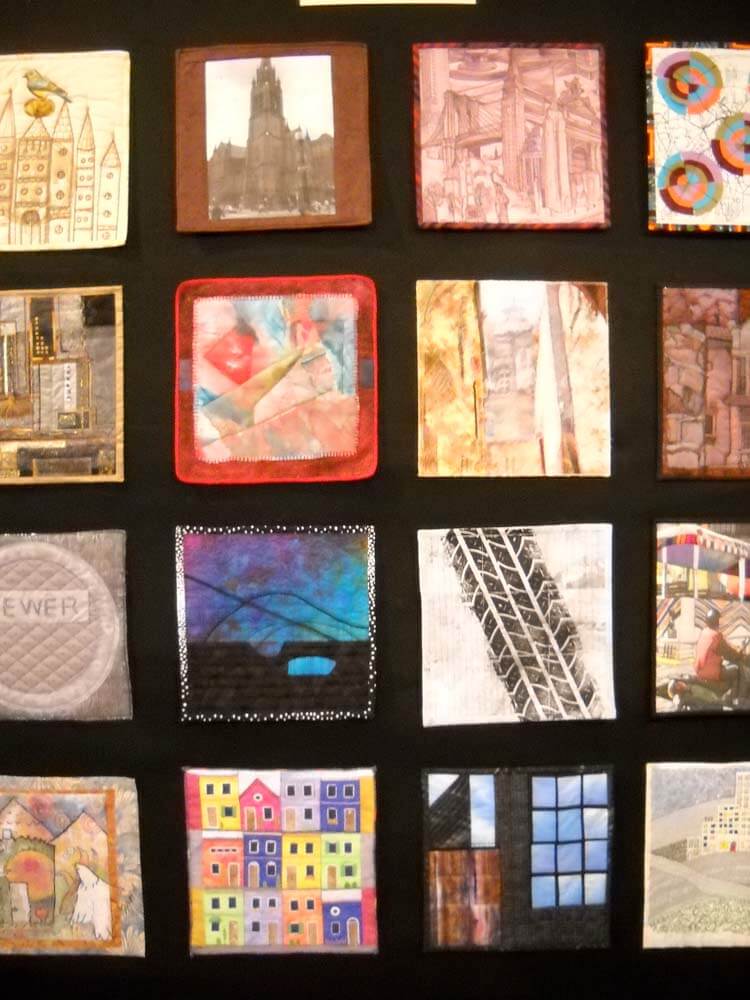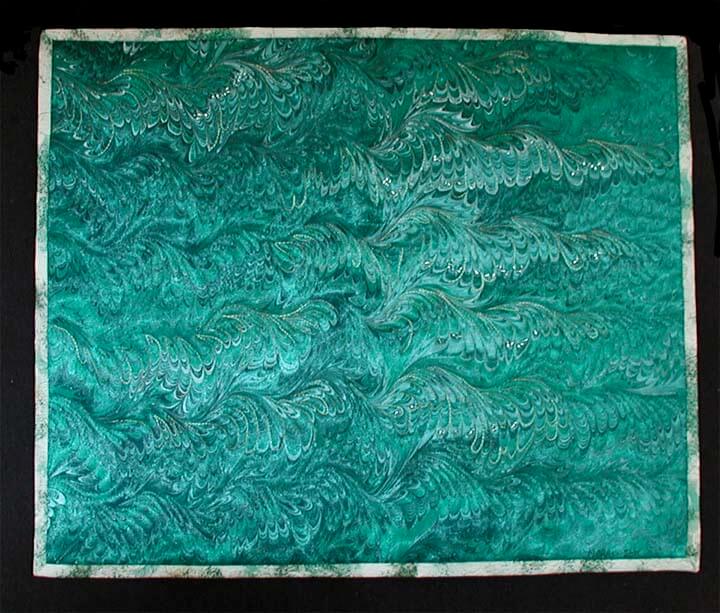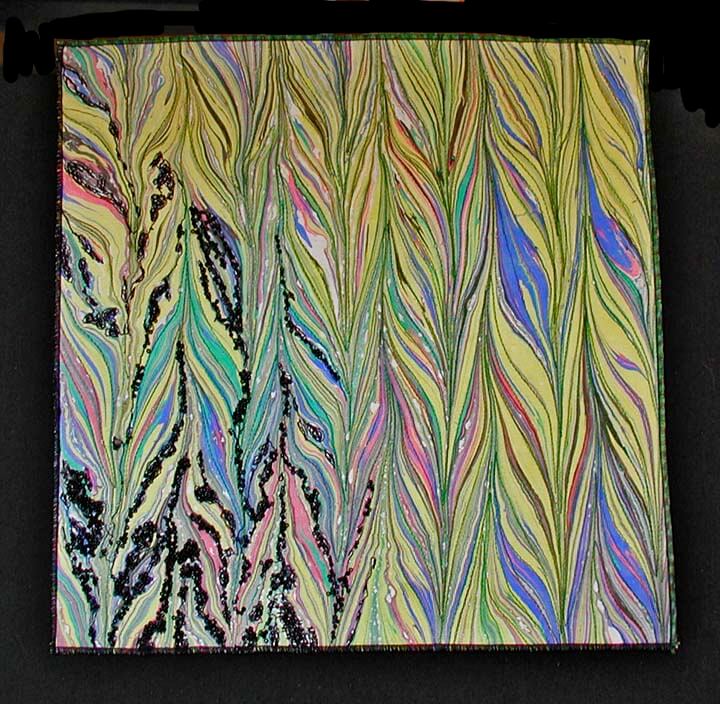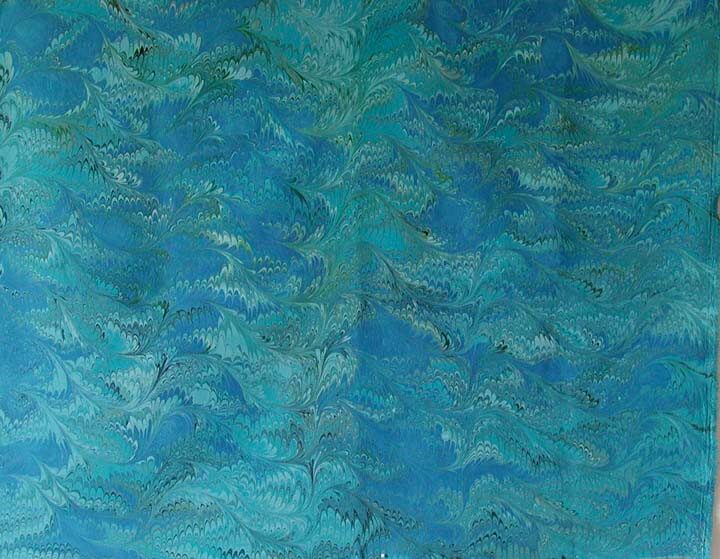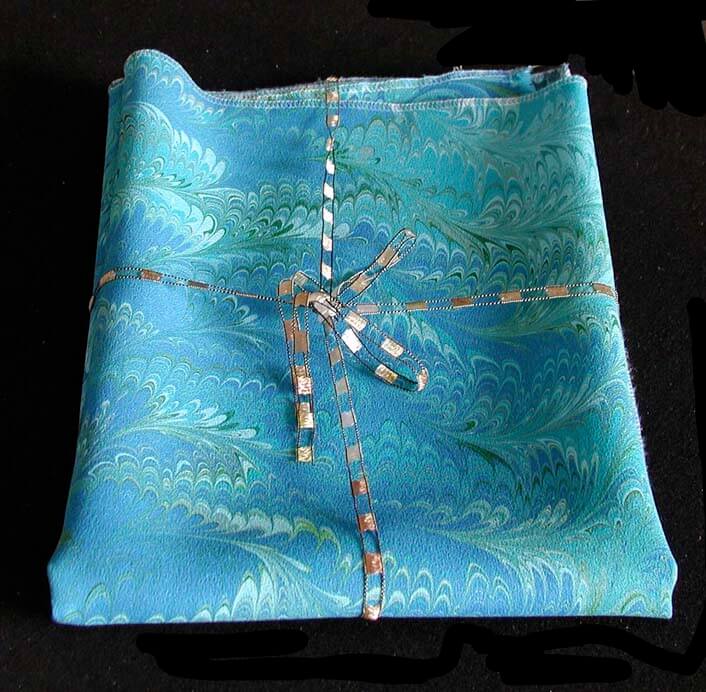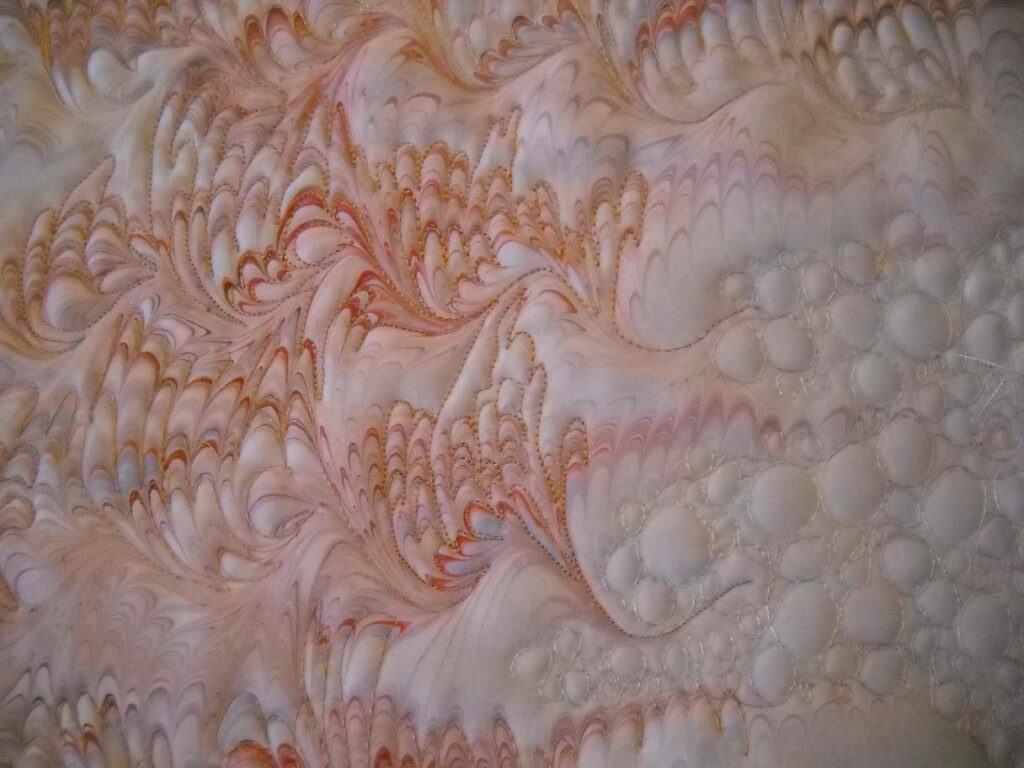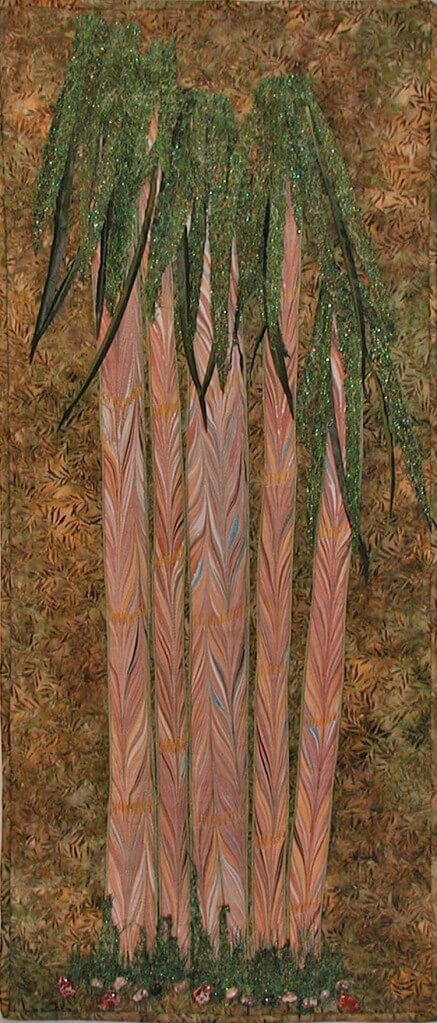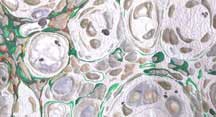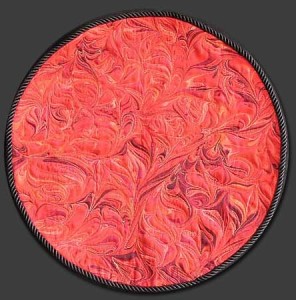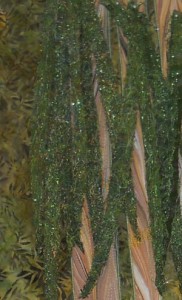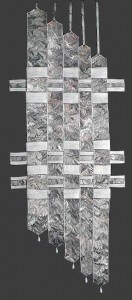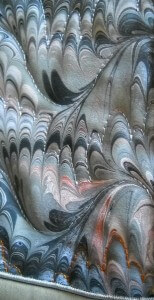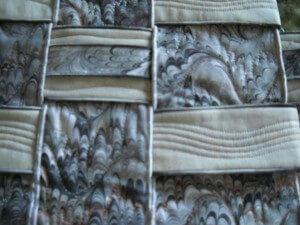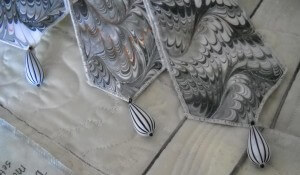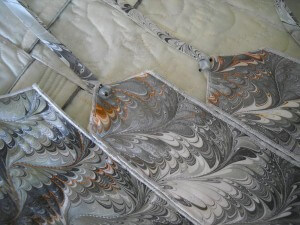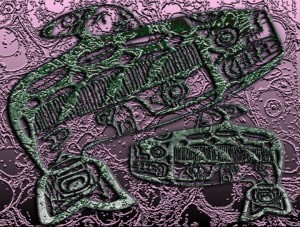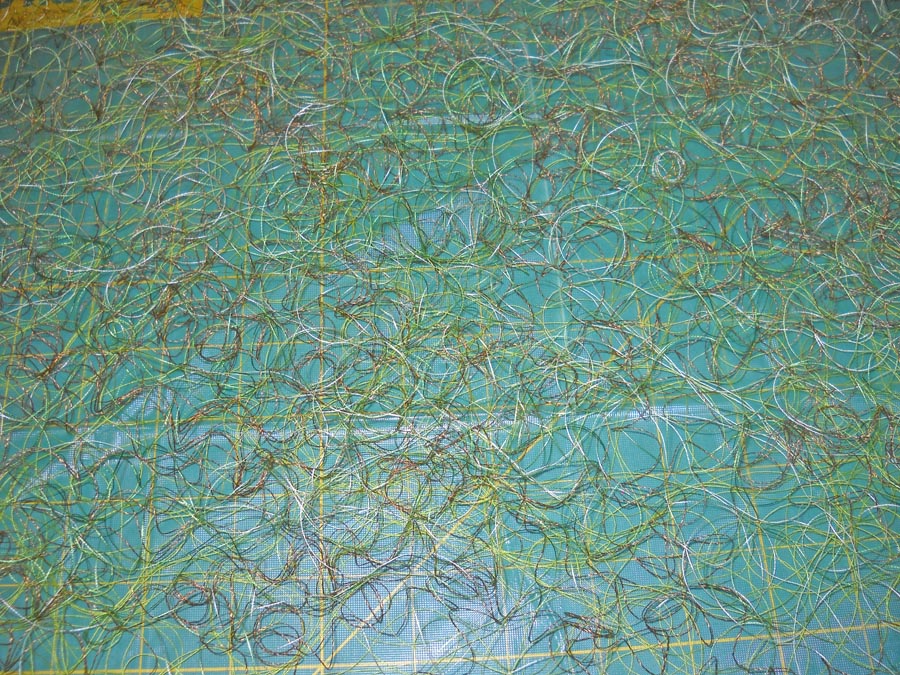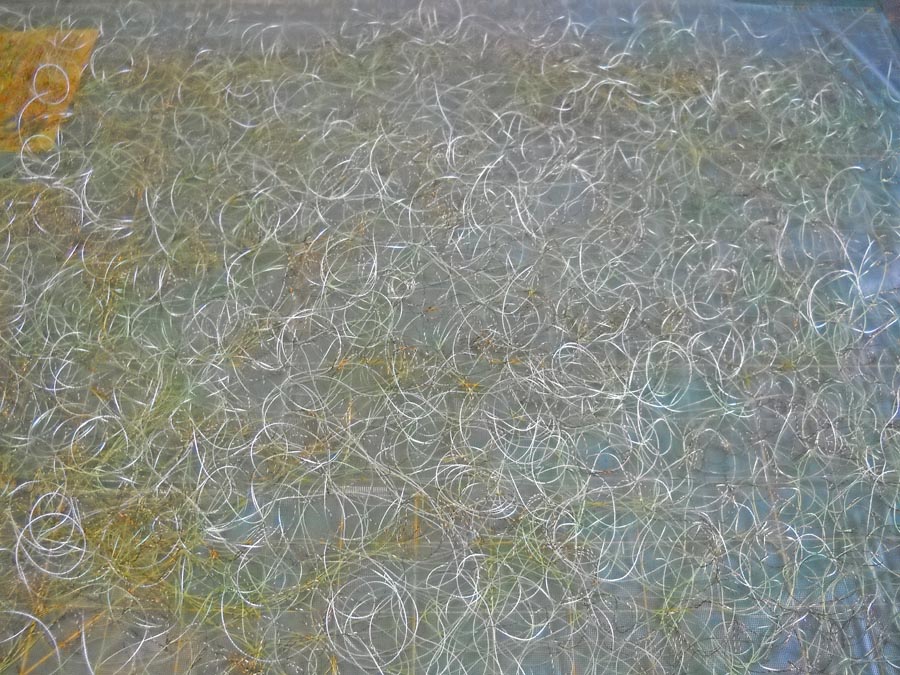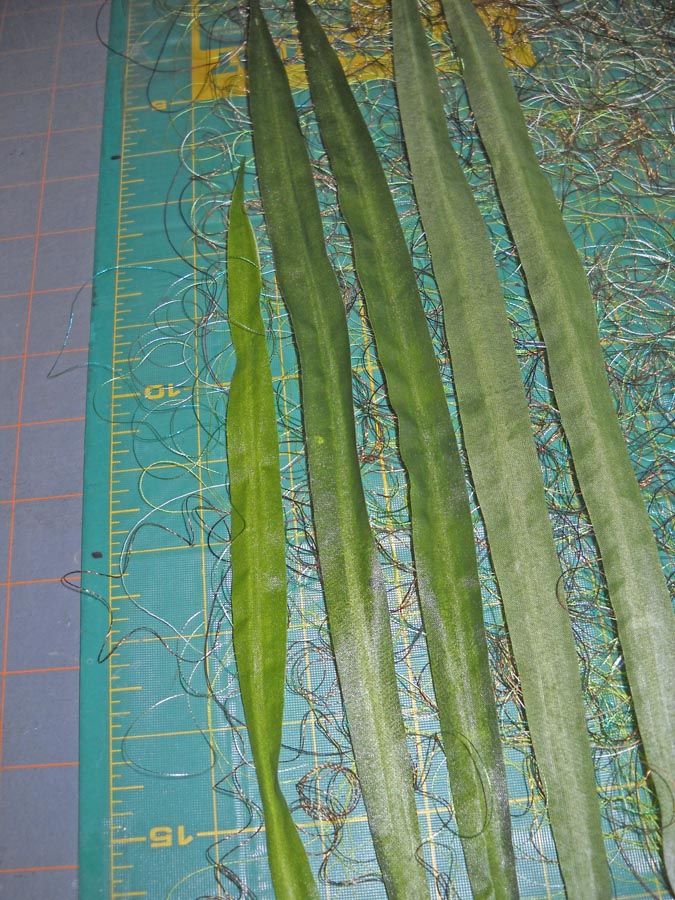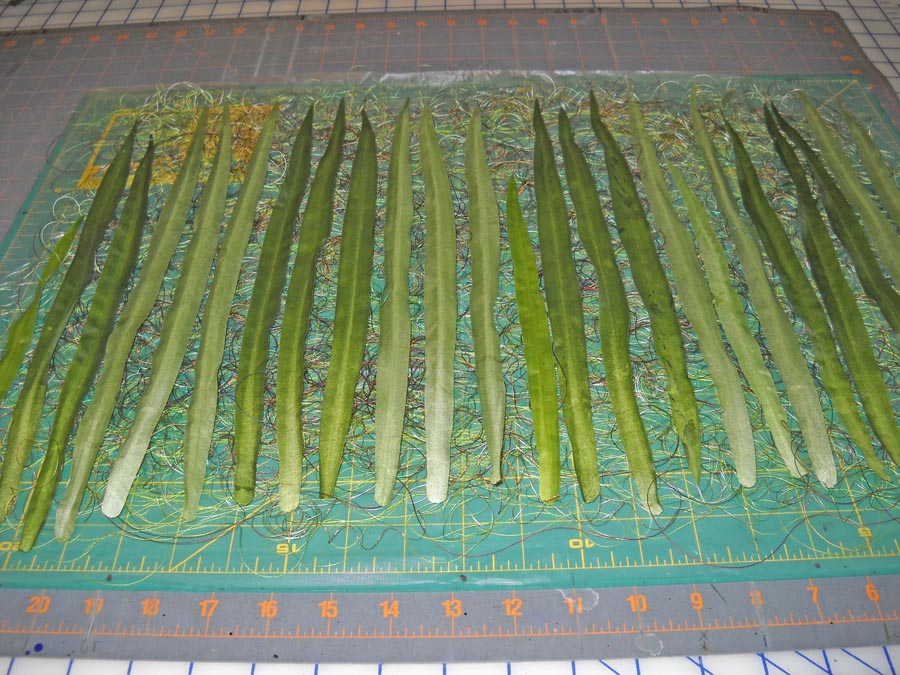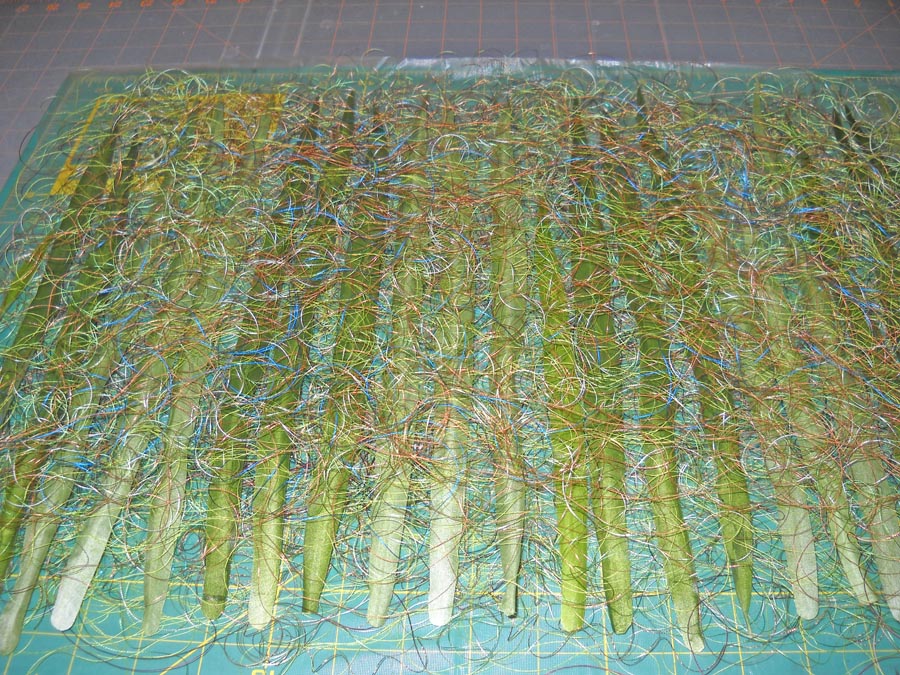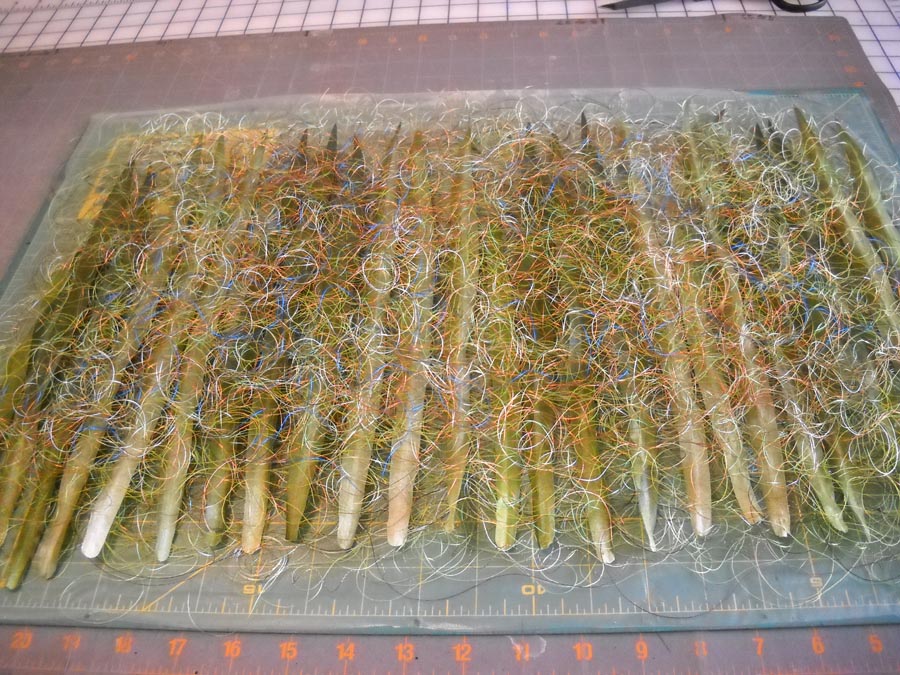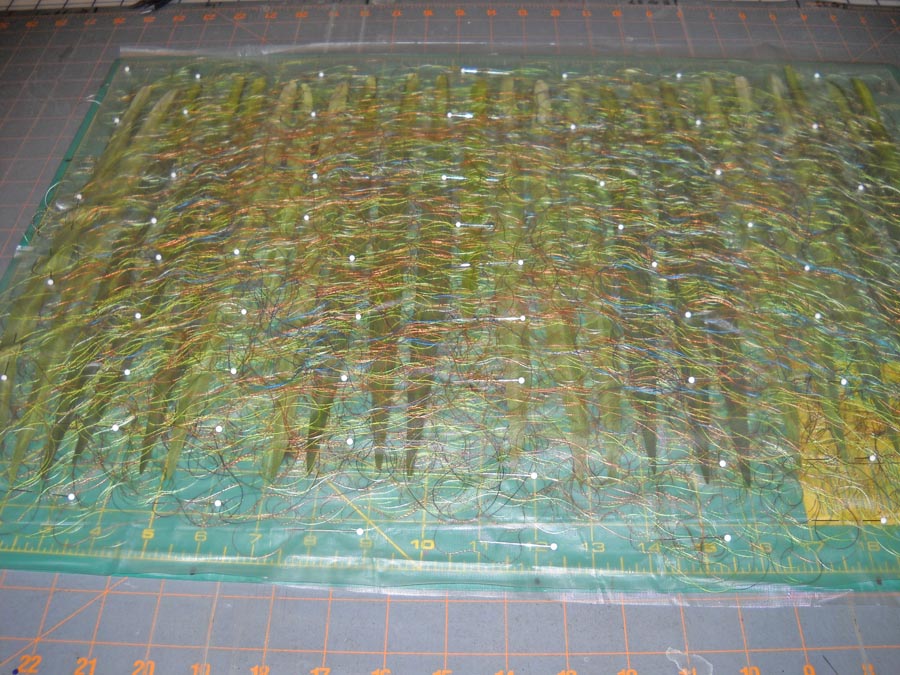Archive for the ‘art show’ Category
Mark Your Calendars – Anza Energy!
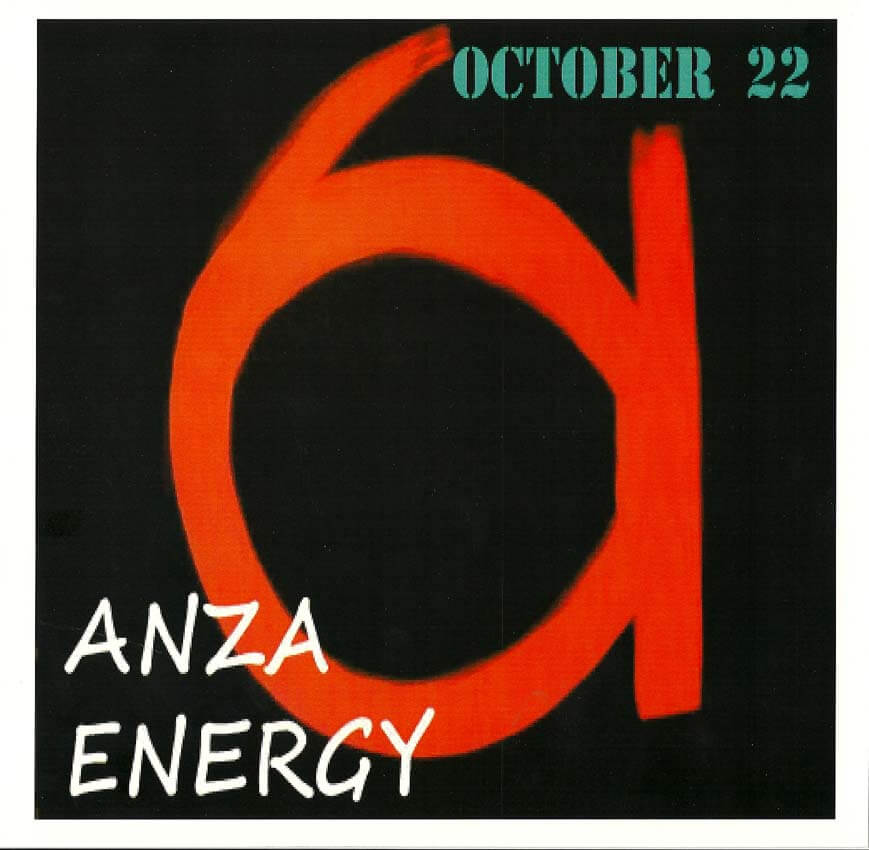 Coming to historic Tubac in Southern Arizona – October 22 from 1 to 5 PM. An eclectic afternoon of art and music, featuring Turkish musician Latif Bolat. The event is called Anza Energy, and you are viewing the “teaser” poster on the left.
Coming to historic Tubac in Southern Arizona – October 22 from 1 to 5 PM. An eclectic afternoon of art and music, featuring Turkish musician Latif Bolat. The event is called Anza Energy, and you are viewing the “teaser” poster on the left.
Specializing in the ancient Turkish mystic devotional music genre, Latif Bolat has been received with appreciation and enthusiasm throughout the world, as he provides a unique philosophy and approach to the performance of traditional music. (from his website).
 Turkish Singer, Composer and
Turkish Singer, Composer and
Scholar of Turkish Music and Folklore
Latif Bolat, one of the most renowned Turkish musicians in North America , is a native of the Turkish Mediterranean town of Mersin. After receiving his degree in folklore and music at Gazi University in Ankara, Turkey, he taught traditional music throughout the country. He then went on to manage Ankara Halk Tiyatrosu, a musical theater company, which performed traditional musical plays. Mr. Bolat also received additional degrees in Turkish History and Middle East Religion and Politics from Ankara University and an MBA from San Francisco State University. (From the website)
Also during this afternoon event will be an art display from six artists in the Tubac and Tucson area: Peter Zimmerman, Nancy Geddes, Rebecca O’Day, Dean and Linda Moran, Jeff Mott, and Aleda Burkholder. Over the next few weeks you’ll see examples of their work and receive more information about this unique event.
So mark those calendars!
Monday Marketing and Top Ten Tuesday – Together!!
Oh my goodness. Today is the third amazing day in a row! It all started on May 1 when I began the first season of Cocreating Our Reality and practicing the Laws of Abundance and Attraction. I started with changing my thinking to always being positive. The first week was very tough, as I became aware of just how negative many of my thoughts were. Eyeopener, to say the least.
So when I retired the end of May, I knew I was going to become a full-time artist – something I have wanted to do for YEARS. Each time I wrote an abundance check with the New Moon, great things happened. So how does Monday Marketing and Top Ten come together? Well, if you’ve been following the blog, you know that on Mondays I have been looking seriously at marketing the business and our art. It’s been all about organization and learning and getting out there. At times it seemed like I was just doing more things and not having anything to show for them.
The rationale part of me knew that I was laying groundwork, and I would have to be patient. Now here’s the top ten for us since June 1 when I started the heavy work for marketing.
* I started with lynda.com and took some classes on Facebook and Twitter, making changes and setting up pages and addresses and plans.
* After getting them set up, I then started a class in Linked In, as I had an old profile from over a year ago. Again, I worked through a class on lynda.com to do all this. So the profile got set up.
* One of the things suggested in the Linked In course was to join some groups and become part of the conversations to develop our networks.
* I joined Art Business and Art Marketing, as well as a few others, and I heard about a call for work for a show in Tucson called Tikkun Olam. All work was 12 inches square and reflected on crises facing the earth.
* I offered to help and sent out information about the show throughout my various networks, plus I made a piece for the show.
* I attended the opening reception for Tikkun Olam (see the post here) and met and chatted with the organizers of the show, two artists from Tubac and Santa Fe, plus talked to a couple of people interested in the piece I created (you can see it here – it’s the yellow piece). What was so cool was to get the positive feedback from the organizers; they loved the piece and (as I found out today) the hanging system.
* I sent thank you notes with offers of additional work to the organizers the next day.
* I got an invitation as a result of the reception to join a group of artists planning a show in October in Tubac (a major arts mecca in southern Arizona) and attended the organizational meeting today.
* This show will be October 22 in Tubac, called Anza Energy. We’re putting about a dozen pieces in the show. And…..
*One of our marbled pieces, Ocean’s Bounty, may be the piece on the main poster for the show, and…..several of the pieces – if they don’t sell – will probably go into a spa resort as part of a water show in Tubac, and….one of the galleries whose owner is also participating, has a couple of our pieces now in his gallery as part of the publicity about the Anza Energy show.
So……get out there and do the work – your art and your marketing!!
Opening Reception for “Tikkun Olam: A Restoration Project 2011”
The “Tikkun Olam: Artists Respond to Earth’s Crises Past and Present” art show opened Thursday, and I just returned from the opening reception. What a delight! I haven’t “done” a reception where I have had a piece entered into the show, and it was a lot of fun walking around, listening to comments, and then actually have someone ask to meet the artist – me! And…the organizers of the show were really intrigued with the process of marbling and the creation of the piece. So that makes me feel really great.
Mickey Bond is one of the organizing artists for this project, and she’s from Santa Fe. You can check her out here. She not only has a show in Santa Fe right now, but she’s here to hang this show and attend the reception. I love this part of her artist statement:
“My mixed media series explore the mystery of creation by enabling nature’s influence on my paint and media. Winter’s freezing temperatures provide the chance to freeze paint, elicit frost crystals and create a unique kind of crackle in frozen polymer mediums. I’ve discovered that the surface of clayboard behaves like cold glass on a wintry night, providing (with my help) the right conditions for ice crystals to form delicate patterns and for acrylic media to freeze and splinter into organic crackles and snake skin designs.” (from her website)
Rebecca O’Day is an artist in Tubac, AZ, and is also organizing this show. I apologize to Rebecca, but the photos I took of her work were very blurry.
Also having work in the show is quilt artist Katie Pasquini Masopust. Three LARGE quilts plus some great new work on the redwoods, and the canyons.
And now, some shots of the overall show – each piece on the wall is 12 inches by 1 inches – forming a really nice grid. One hundred artists from around the world with statements about our planet.
If you are in Southern Arizona between now and October 25, you need to stop by the Jewish Community Center and view the show.
Visions Art Museum
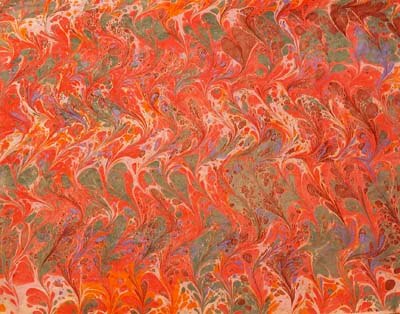 “Visions” is a major quilt art exhibit usually held in Oceanside, CA, every two years. It’s like the Holy Grail for art quilters. The Visions Art Museum has now opened in San Diego, at the old Naval Training Center, and will now host its own show. Just to be able to finally get to the museum this last trip to San Diego was a delight. The docents were wonderful and took their time showing us quilts, as well as asking us about our work. It is SO NICE to be with other artists who GET your work! One of the disadvantages to being an artist in the Southwest is unless you’re a painter or sculptor who “does” the southwest, no one is really interested in your work.
“Visions” is a major quilt art exhibit usually held in Oceanside, CA, every two years. It’s like the Holy Grail for art quilters. The Visions Art Museum has now opened in San Diego, at the old Naval Training Center, and will now host its own show. Just to be able to finally get to the museum this last trip to San Diego was a delight. The docents were wonderful and took their time showing us quilts, as well as asking us about our work. It is SO NICE to be with other artists who GET your work! One of the disadvantages to being an artist in the Southwest is unless you’re a painter or sculptor who “does” the southwest, no one is really interested in your work.
The major exhibit was Urban Landscapes and Soft City, with a special collection by Marilyn Henrion. Pictures were allowed in the outer area and in the gift Gallery. You can view a gallery of work by Marilyn here.
Here’s one of the really intriguing quilts from Urban Landscapes by K. Vellis Turan:
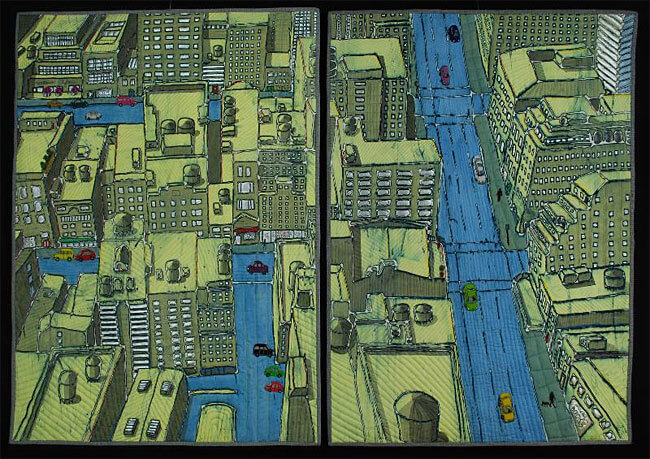 I purposely left this large so you could see details.
I purposely left this large so you could see details.
The challenge had some really interesting small quilts – 12 by 12 inches, which is a size I have just started to work with. These are all by members of the Visions Museum. Sorry I don’t have names….
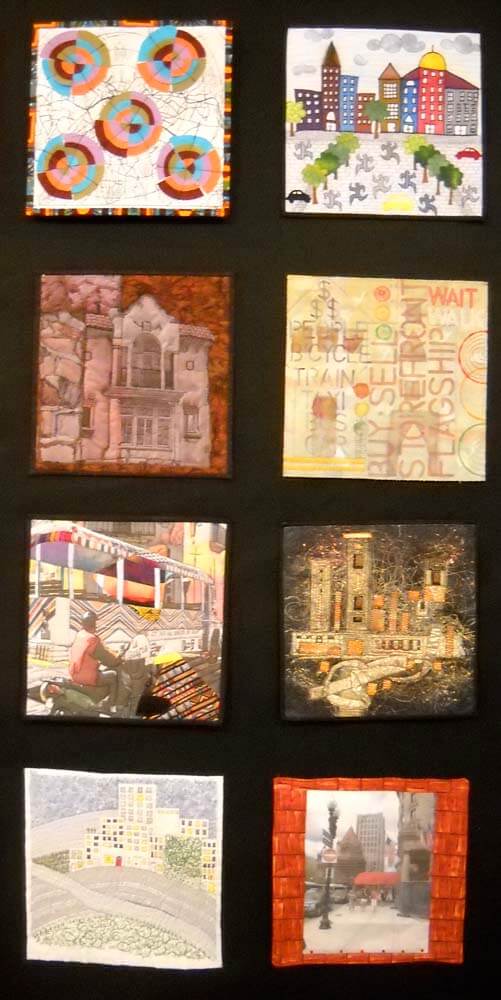 Here is an example of Marilyn’s work. Her Photoshop skills are superb.
Here is an example of Marilyn’s work. Her Photoshop skills are superb.
 There were a couple of quilts by members in the gift Gallery – really superb work – and again, sorry for no names.
There were a couple of quilts by members in the gift Gallery – really superb work – and again, sorry for no names.
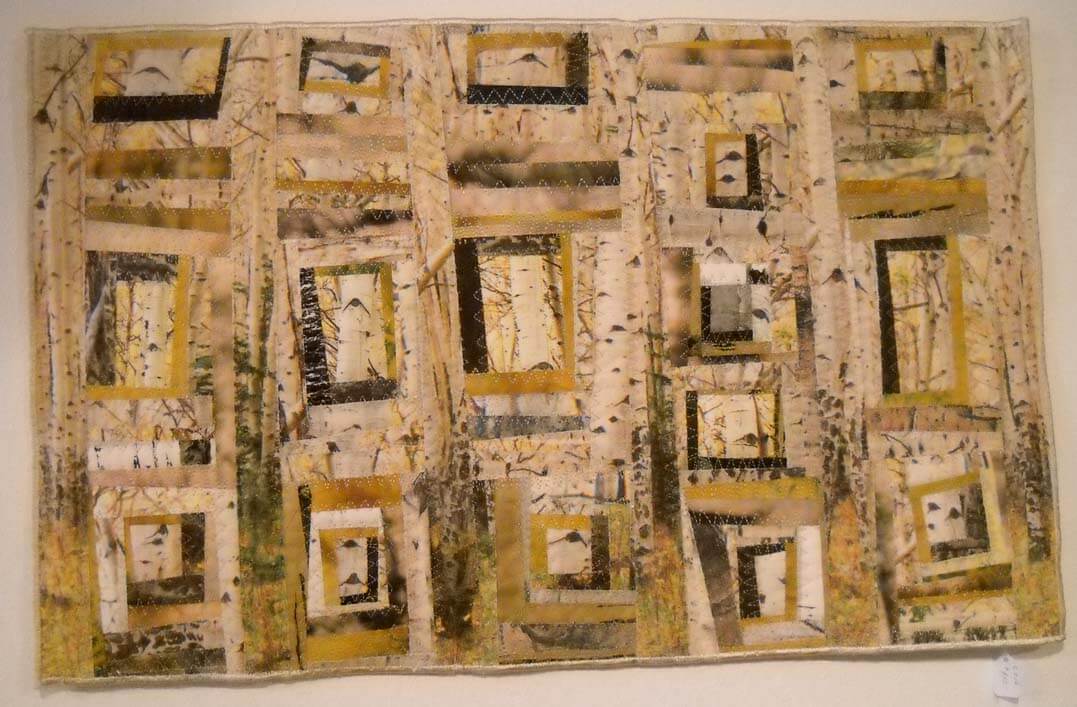 An interesting take on the “log cabin” traditional pattern, with lots of details.
An interesting take on the “log cabin” traditional pattern, with lots of details.
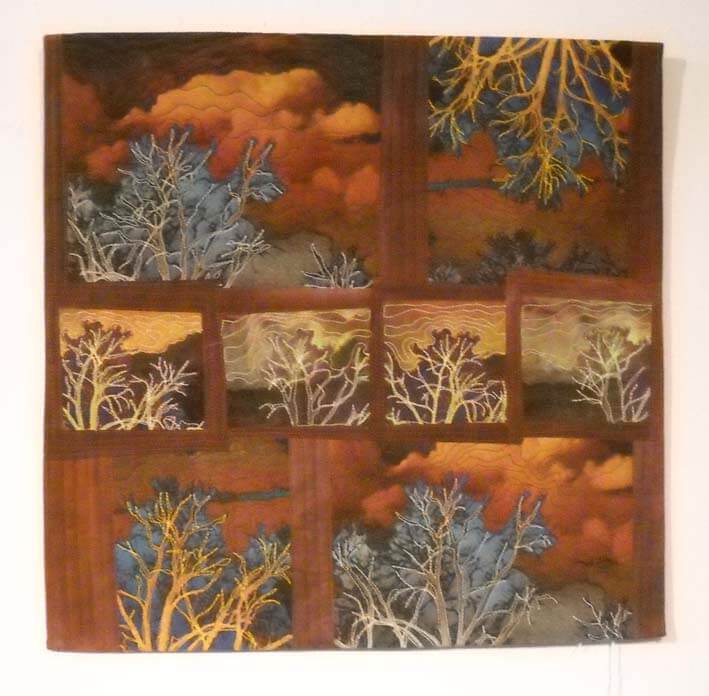 Love this one. Those are definitely my colors!
Love this one. Those are definitely my colors!
We bacame members, and I am looking forward to our November trip to see the new exhibit on “Interpretations.” LOVE LOVE LOVE seeing fiber!!
Work in Progress Wednesday
 I am making a serious effort to finish any new piece I start – and that includes backing, signature, binding, hanging system, and anything else – oh, pictures. I started three smaller pieces since retiring the end of May, and I am happy to report that as of yesterday each one is complete. Absolutely positively complete. I still have a huge cubby filled with UFOs, but I am certainly making progress. In fact, I spent last night working on the start of thread painting for the newest piece for my Quilt University class. More pics on that later – it’s looking pretty cool….but I need to buy more thread…oh the problems we have….
I am making a serious effort to finish any new piece I start – and that includes backing, signature, binding, hanging system, and anything else – oh, pictures. I started three smaller pieces since retiring the end of May, and I am happy to report that as of yesterday each one is complete. Absolutely positively complete. I still have a huge cubby filled with UFOs, but I am certainly making progress. In fact, I spent last night working on the start of thread painting for the newest piece for my Quilt University class. More pics on that later – it’s looking pretty cool….but I need to buy more thread…oh the problems we have….
In the meantime, here’s the finished version of my rhythm piece. This started as a piece of hand-marbled green silk that I attempted to quilt about eight years ago. It wasn’t working. But my skills are improving tremendously, and as a result of one earlier class, I wanted to see if I could accept the movement in the piece with the wave design. Here’s “Rhythm of the Wave,” complete with a few added seed beads.
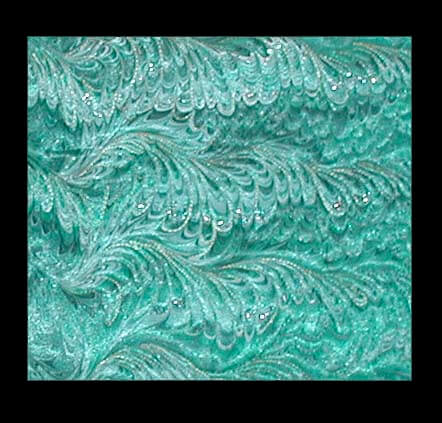 Overall I accomplished what I wanted to with this piece. It will go up in the Etsy shop in the next few days.
Overall I accomplished what I wanted to with this piece. It will go up in the Etsy shop in the next few days.
Also completed is my “Explosion” piece, based on a new marbling pattern we tried. My goal here was to accent the movement from the center of the piece outward, which I did with lots of diagonal stitching. Again, I’m pleased with the results. This wil also go up in my Etsy store.
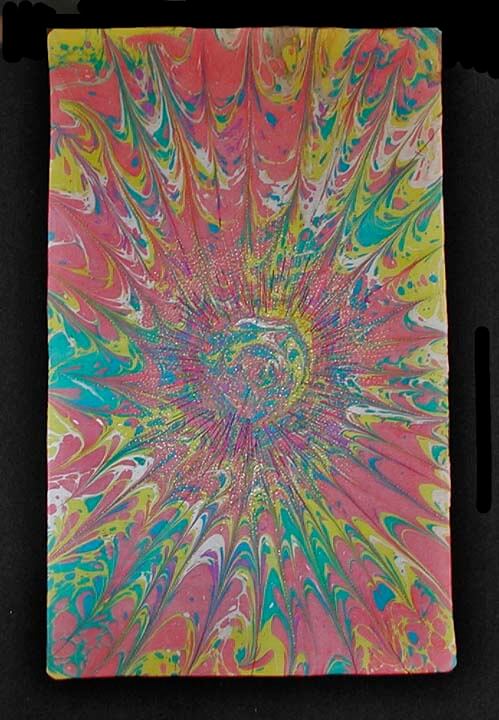 And finally, a piece I completed for a show coming up in Tucson – there will be more details on the show once it opens. This piece is a look at the devastation of oil spills. What starts as a beautiful garden is stlowly destroyed by the effects of oil – called “Insidious Oil.”
And finally, a piece I completed for a show coming up in Tucson – there will be more details on the show once it opens. This piece is a look at the devastation of oil spills. What starts as a beautiful garden is stlowly destroyed by the effects of oil – called “Insidious Oil.”
As a trained historian, I always see the past and the future in environmental events. As a fiber artist, I feel challenged to take an ancient medium and create a piece that speaks to the environment.
Oil is an insidious liquid. We need it for so much of our daily lives, and yet it can be so destructive. The discovery of oil in our past has enabled us to have the current future. But an oil spill destroys for decades, from wildlife to the water table. This piece of fabric has been marbled, using a centuries-old process of floating paint on water. The beauty of the design reflects the joy we find in a garden, a flower bed, a landscape, or the wildlife that calls a piece of land home. But oil can run away and destroy that which is so beautiful. In a spill the oil creeps through the cracks, crevices, the waterways, looking for a new resting place. It works into the land or water and remains for decades, fouling the life around it, destroying the very fabric or life, much as the black threads do to this marbled garden.
As always, I am interested in your comments. I’ll post more on the art show once it opens and I have pictures from the reception.
An Important Call for Art Work
 Since I updated my profile on Linked In, I have joined a couple of discussion groups through Linked In and have made some interesting contacts and done some very good networking. As a result, here is a call for work that looks very intriguing, as well as meaningful. I’m planning to do a piece that looks at oil spills. Join in and become part of the group. Feel free to share this post – let’s see if we can get a lot of artists involved. Let’s get the fiber into this show.
Since I updated my profile on Linked In, I have joined a couple of discussion groups through Linked In and have made some interesting contacts and done some very good networking. As a result, here is a call for work that looks very intriguing, as well as meaningful. I’m planning to do a piece that looks at oil spills. Join in and become part of the group. Feel free to share this post – let’s see if we can get a lot of artists involved. Let’s get the fiber into this show.
TIKKUN OLAM: A Restoration Project
Artists Respond to Earth’s Crises Past & Present
Presented by Alta Contemporary Art, Tubac AZ in alliance with Industria Studios in Tucson.
The Jewish Community Center Tucson, Arizona
September 15 thru October 25, 2011
Opening Reception: Sunday, September 18th 1-4 PM
In the wake of recent natural and human-made crises artists often feel compelled to respond in a tangible and productive way. Here’s your chance to be part of a group project raising money to replenish the earth. Alta Contemporary Art invites you to submit a 12 x 12 inch work of art for a collaborative grid presentation. All media welcome. Work must be exactly 12 x 12 inches, appropriate for the JCC venue and ready to hang on the wall. Work must be received no later than September 10, 2011 (see art delivery details below). Participation is free, but artists must willingly donate 30% of sales to the non-profit charitable organization selected by the group as a whole.
TIKKUN OLAM Collaborative Grid Presentation
Entry Form
Name:
Address:
E-Mail: Website:
Phone:
Title: Price:
Media:
Artist’s reflection on their submission and earth’s crises past & present (250 words or less):
Nominate 1- 3 non-profit charitable organizations you would like TIKKUN OLAM to support.
E-mail completed entry form and a JPG of your work (1MB large) to mickeybond505@aol.com
Hand Deliver Your Work:
Tucson Artists: Deliver work to Marc Leviton at Industria Studios, Saturday, September 10, 2011 between 10 AM – 3 PM or contact Marc to make other arrangements 520- 235- 0797. INDUSTRIA STUDIOS, 1441 E. 17th Street Tucson, AZ 85719 industriastudios.org
Santa Fe Artists: Deliver work to Mickey Bond by Friday September 9, 2011.E-mail:
mickeybond505 or call 505-660-4085 to schedule delivery.
All Other Artists: Deliver work to Rebecca O’Day at Alta Contemporary Art, Friday, September 9th between 3-8 PM or contact Rebecca to make other arrangements 520-869-8626. Alta Contemporary Art, 8 Calle Inglesia (across from St. Anne’s Church), Tubac, AZ.
Mail Your Work:
Mail work to Rebecca O’Day, PO Box 252, Tumacacori, AZ 85640
Work must arrive no later than September 10, 2011 to be included in the show.
Artwork shipped via mail carrier must be accompanied with a pre-paid return.
Unsold work will be available for pick up on October 29th & 30th. in the location it was hand- delivered from 10 AM – 3 PM. Shipped artwork will be returned if accompanied by a pre-paid return label.
Agreement of Entry & Liability:
Great care and respect will be given to all artwork submitted. The Tucson JCC, Alta Contemporary Art & Industria Studios and its agents do not assume liability for any loss or damage of any artwork submitted while in its possession. Your entry constitutes acceptance of all conditions and terms in this prospectus. Artists desiring coverage can do so privately through their agent or one offering short-term “show” coverage such as Artists, Craftsman and Tradesmen Insurance Program: http://www.actinspro.com.
Taking Online Classes
One of the things I promised myself with retirement is that I would take some classes, whether at the community college or on line. I found a new class at Quilt University by Lyric Kinard – The Artist’s Toolbox. This is my third class at QU, and I have been very pleased with the courses – good instructions, lots of great ideas for projects, and really helpful instructors. I actually completed almost all of the small sewing projects that practice the various elements of art, and I am learning a good deal. Part of what I am seeing is why some of my work really comes together and what’s missing in some other pieces. Very valuable, and I have a few studies left to complete.
Lyric Kinard, one of the instructors at QU, has a great website. Her fiber art demonstrates all of the principles she teaches in The Artist’s Toolbox – I am hoping she offers a part 2 to this class. Plus, she keeps a running list of art shows to enter, so you can always check and see what’s available.
I also just finished a class on Multiple Streams of Income, since I am focused on building my business. Laura Bray did an excellent job in not only presenting resources, but also in having a lot of guest speakers who do on a daily basis what needs to be done to build additional sources of income. Sign up for her newsletter so you know when she offers classes, and sign up to read her blog. The “focusing” piece, as well as the “goals” piece were absolutely invaluable to me. I was getting bogged down in marketing, but it wasn’t furthering what I actually wanted to accomplish. Until I did my 90-day goals, I didn’t see this. Now I can be much more focused on my individual goals, rather than the hit-and-miss of before. Click here to visit katydid designs.
Online classes really work for me, especially since I am no longer driving myself. I can work at my speed, have access to all my materials, and can correspond with loads of people. I keep myself motivated easily, so this form of instruction works for me. Your mileage may vary. I also enjoy reading blogs that have tutorials, as I usually like trying out something new. I plan on doing lots of that during retirement!
Monday Marketing – It’s the Packaging, Stupid….
 You would think, based on a hubby in retail for so many years, that I would have given packaging more of a priority. Well, no…seems like I’m always rushing to get items ready for shows, and I neglect the packaging. That’s not to say I don’t give a lot of thought to the overall set-up of the art space…just not the packaging.
You would think, based on a hubby in retail for so many years, that I would have given packaging more of a priority. Well, no…seems like I’m always rushing to get items ready for shows, and I neglect the packaging. That’s not to say I don’t give a lot of thought to the overall set-up of the art space…just not the packaging.
I had a bit of an epiphany with this upcoming show. I’m sitting in the meeting about the show, listening to explanations of selling, how good a show it is, and the great location. When suddenly I hear “People are gift-buying. They’ll splurge for folks back home with gifts for the holidays.”
Okay, seems obvious. Then hubby says, “Well, they’re not going to buy pieces of fabric, so I’m not sure just what we’ll bring.” That made me fairly depressed. Fabric is what we do: fabric for quilts, wearables, framing – we’ve spent a lot of time brainstorming how folks could use our marbled fabric.
Then it hit. Buy fabric as gifts for the folks in your life who do fiber-related arts. Just package it so it looks like a gift from the heart, not just a piece of fabric in a plastic bag.
Duh. Why did this take so long? We have done so many small shows over the years, including demonstrations, and not once have we packaged ourselves for gift sales. This was definitely something to think about. How could we take a gorgeous piece of fabric that to a non-fiber person just looks like extra pieces of cloth on the table? I started thinking about how I buy small pieces of art, as well as how my local quilt shop packages your purchases. I love having the “back story” or a piece of artwork. In my hutch sits a container of all the small papers of stories collected over the years.
Okay, put together the story of the fabric, the care of the fabric, and ways to contact us (hard to believe we haven’t done all of that in the past). Wrap the fabric piece with a bow so that it looks special, with the “story” tucked into a fold of the fabric. When purchased, wrap in tissue paper before bagging it.
I played on the computer to come up with something that would have contact information as well as a story about the creation and care of the fabric. With aiming at non-fiber purchasers, I need to provide as many reasons as possible while a piece of “art cloth” would be a great gift. Here’s the “story:”
“This art cloth is a blue silk crepe georgette fabric, hand-marbled in a contemporary wave pattern, 19 inches by 21 inches. Edges are serged solely to prevent fraying of the fabric. This material has been pre-treated and heat-set, so it is ready to go for your project. If you need to clean this fabric, use warm water and a gentle soap – no Woolite or harsh cleaners, no dry cleaning. Use a dry iron and some Magic Sizing to eliminate wrinkles. Try this as a table-topper, just the way it is, quilt it, or use it in an art quilt for nature elements– lots of imaginative possibilities! This is a great pattern to quilt by itself with lots of decorative threads.”
Along with this is every contact piece – Twitter, Facebook fan page, blog, email and website. Save everything to your computer, and then all you need do is add the new story for each of your pieces.
Here’s the fabric and its packaging:
I will say the piece was up on Etsy for less than an hour before it sold, and all the new pieces of fabric packaged this way have had more views than previously in the shop.
The proof will be the show on November 20; how will people react, and will they buy?
Thoughts? What have you done to package your items? Have you noticed a difference in sales?
Work in Progress Wednesday – Two New Quilts
Awright, so they’re not technically WIPs. But I haven’t shown all of them on here before, and I really do love them. And close observers will recognize the blog heading as the fabric in “Salmon Run.”
“Salmon Run” returned from its several-month engagement in Alaska at the Cordova Historical Museum. I love having it back – I am so fond of the fabric.
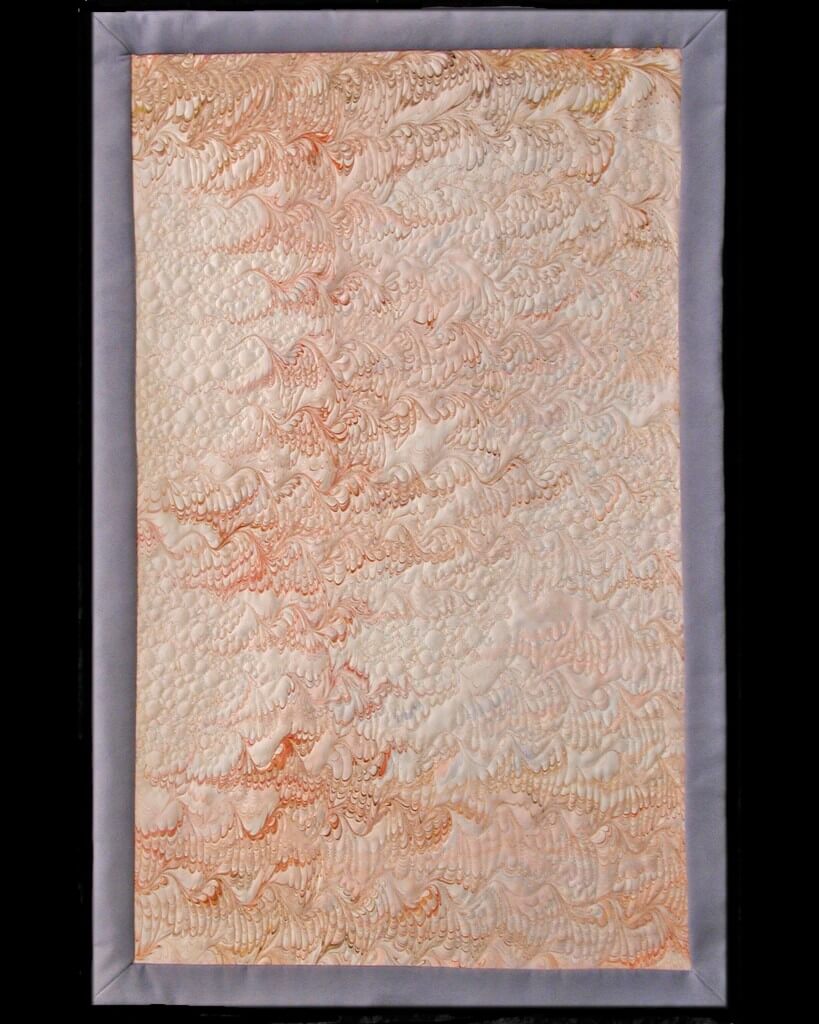 Here’s a close-up of the quilting.
Here’s a close-up of the quilting.
You also haven’t seen my latest piece, “Bamboo Grove,” in a full shot.
This piece had so many techniques I hadn’t tried before. I am reconsidering the tops of the bamboo stalks…I may decide to take the leaves off and try another way of attaching them to increase their fullness. So I guess it still is a “work in progress.”
What am I working on now? I am doing an art show on November 20 with the Tucson Art and Craft Association, so I am preparing fabric for that, as well as requilting a few small quilts. I am thinking of revising my still-unfinished “Iceberg” piece from several years ago into a series of Icicles for Road to California – I have till December 15. I can still use all the techniques I had planned, just in some different forms. I am still thinking about the next “large” piece with marbled fabric and don’t quite know what it’s going to be……I have some really great large pieces of fabric lying around.
But…I also have about four other quilts in various stages that I need to get to! Such decisions we all have….what’s waiting on your list of to-do?
Sunday Stories – Entering Fiber Shows
![]() Over the last thirteen years I have been entering fiber shows and the occasional quilt show with some success. The “Fish Follies” show each year at the Cordova Historical Museum in Cordova, Alaska has been very good to me, with acceptance both in fiber and digital categories each time I enter. I really think through the pieces I enter to be sure they fit the theme – I think I’m just not crazy enough in the “Follies” area to place.
Over the last thirteen years I have been entering fiber shows and the occasional quilt show with some success. The “Fish Follies” show each year at the Cordova Historical Museum in Cordova, Alaska has been very good to me, with acceptance both in fiber and digital categories each time I enter. I really think through the pieces I enter to be sure they fit the theme – I think I’m just not crazy enough in the “Follies” area to place.
In 2004 I took a BIG chance and entered the Expressions in Textiles show in New Haven, CT. My “Rock Garden” piece made it in, much to my delight, and when I saw the list of acceptances, I was kinda stunned. All of a sudden I was in the “big girl” league. I was thrilled. This was essentially a whole cloth quilt, a half yard of a stone marbled pattern that seemed like it was quilted to death.
This is just a small portion, but everything in this quilt came together perfectly. I had initially bordered it in a black satin, thinking of the Japanese laquerwork, but eventually Iplicked out a smooth sand-ish fabric so the stones wouldn’t seem “hemmed in.”
That same time I had my “Mandala 1: Core” accepted into a quilt show, Fabric of Legacies, in Ft. Collins, CO.
This was another whole cloth quilt, but at this point I was thinking that there were going to be a lot of venues that would look at very non-traditional fiber. I have since had my “Low Tide” piece juried into that show.
Most of my quilts were rejected over the next few years, and I pretty much stopped entering shows. I think some was due to poor slide quality, some to the whims of the juror…one piece I did for a show about changing the world’s problems. I chose endangerment/extinction and did a piece on the rain forest and was told it didn’t fit the theme. So I guess the learning from this was to continue, that not everyone interprets things the same way.
When we went through our “dry period” of marbling, when nothing was working, I didn’t even work on pieces, like my bamboo, that had already been started. Now, though, I have started to look ahead to shows, quilt and art, and plan for new pieces, since most of what I have is too old. If my early pieces were accepted, and I’ve improved a hundred fold in my skills since then, then I should be on track for a few more acceptances.
We’ll see…deadline for the bamboo is September 3, with notification around September 15. Time to make a list of new deadlines and what will be entered…and what will be new creations.
Sunday Stories – Black and White with a Hint
Yesterday I wrote about what’s happening with the bamboo piece. Here’s a sneak piece of it in VERY rough form:
Now to today’s story – my piece for “My World in Black and White,” a show curated by Anne Copeland, like around 2003. This was a challenge issued on the QuiltArt list, and I decided to try something. Here’s the piece:
This was the first show where I realized I had to pay more attention to the theme. Mine was a more abstract look at black and white. We marbled a three-quarter-yard piece of unpolished white satin in blacks and whites. There was still a little orange left in the tray from a previous piece, so the name became “Black and White with a Hint.” I cut five strips and quilted them, following the marbled patterns. You can see the hints of orange.
At this point, I really didn’t know what form this was going to take. I decided to stagger each of the strips, but it was pretty boring with just the strips. That’s when the “hidden” architect in me took over. I marbled some ribbon, serged the edges of the ribbon to carry the serging motif through, and attached it to some strips of gray cotton. I did eight strips all together, some of them plain with just a meandering quilting line, and some with the ribbon, and then I wove them through the other strips.
I liked how it was shaping up, and now I had to deal with a hanging system, as well as finishing the bottom. I figured I wanted some beads to hang at the bottom. I went to the local bead store and found these teardrops – have NEVER seen anything like them since then.
If you look closely, you can see how each strip gets hand-stitched to the ones around and underneath it. I figured I would use a plexiglass rod for the hanging system. I marbled some thinner ribbon, and with careful measurements attached the various lengths at the top, with a bead embellishment.
I learned a lot, as I seem to do on every piece, and this is still one of my favorites – my first piece to travel (to Ontario, CA as well as the online exhibit), my first piece that was professionally appraised, my first piece that “hung” in a very different style, and my first ribbon (for entering, but none-the-less still special!).
I am really enjoying revisiting these pieces and their stories. I hope you enjoy as well.
Thursday Thoughts – Digital Marbling (TN)
Sometimes a piece of marbled fabric just begs to be used more than once – or find rebirth in a new form. That’s how our Digital Marbling (TN) was born. Playing around with the fabric and Photoshop leads to some very interesting effects. One thing I am hoping for with all this playing around is the development of some fabric lines, so I’m working on the idea of repeats right now.
Over the last decade or so there have been several runs of marbled fabric designs among some manufacturers. While the patterns are bold and colorful, I think there is a missing element in designing marbled fabric. A variety of colorways, bolds and subtles, and patterns that look like they would be easy to work with. I know when I started making fabric in 1993 it seemed like I was only comfortable putting the bold colors with blacks and whites. I want more flexibility, and to a certain extent I have found it.
But as I work toward designing fabric, I’m using these new artistic creations as my learning. In our newsletter, I posted a pic of “Alaskan Whales,” a piece my digital partner Suzan and I had entered into a show at the Cordova Historical Museum in Cordova, Alaska. It was our first really successful digital collaboration, and I’m going to pull it apart for you.
Here’s the original piece of fabric. I am amazed at just how blah that piece of fabric was, yet there was something appealing…if just means you have to do a lot of playing around to see what happens.
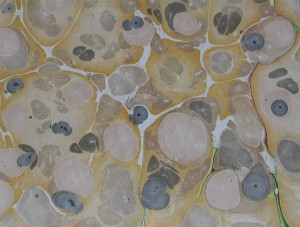 This is the same fabric with a duplicate copy and some adjustments added.
This is the same fabric with a duplicate copy and some adjustments added.
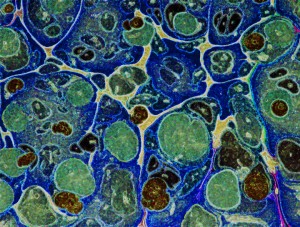 Now it’s approaching the water effect we were looking for. Then we looked for a graphic to use. We liked the whales, just rotated them a bit. We also added some adjustments: bevel, outer glow, some transparency. It looks like there are extra colors added, but it’s a transparency with some curve adjustments that adds in the extra colors. There are a few more things done to this piece, but I have an old version of Photoshop, so it doesn’t show.
Now it’s approaching the water effect we were looking for. Then we looked for a graphic to use. We liked the whales, just rotated them a bit. We also added some adjustments: bevel, outer glow, some transparency. It looks like there are extra colors added, but it’s a transparency with some curve adjustments that adds in the extra colors. There are a few more things done to this piece, but I have an old version of Photoshop, so it doesn’t show.
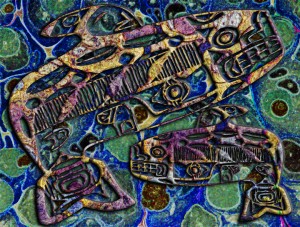 Here’s another version, saved from the layers we chose not to use…never know when you will come across something unusual with stuff you didn’t throw out, but just left “invisible….”
Here’s another version, saved from the layers we chose not to use…never know when you will come across something unusual with stuff you didn’t throw out, but just left “invisible….”
Who’s manipulating fabric digitally? I’d love to hear from you!
Don’t forget to become a subscriber and be entered to win some marbled fabrics. Check the box at the top right.
Work-in-Progress Wednesday
I have been thinking about the leaves for the bamboo piece. As I mentioned last Wednesday, I think the silk leaves would be too plain, and I didn’t like how they marbled, and I think thread leaves would be too fragile for such a sturdy plant. Then it occurred to me to do what I do in the classroom – it’s not an either/or, so why not combine the two.
I started by cutting a piece of Dissolve from Superior Threads and taped it to an old cutting mat – that stuff is slippery. Then I started layering some of the old yucky threads I have.
At this point it occurred to me that I could layer the silk leaves across this base of thread, after I pulled off the wire from the backing.
I turned some of them wrong side up, figuring I would be stitching on both sides of the sandwich, so I would get some additional effects front and back.
I am pleased to say it occurred to me earlier not to run the overhead fan in the studio while I was working on this….At this point I am ready to layer more thread on the top of this. Keep in mind I have no idea if this is going to work….
Now at this point I need to cut another piece of Dissolve to go over the top of this.
Now it is ready for stitching. I need to order some thread – Razzle Dazzle to use in the bobbin, and some green Lava for top and bottom. I figure I can order this week and while I’m waiting, I can finish up the bamboo strips. Once I cut everything apart, all the little slivers will become part of the base where the strips are mounted. I don’t know if I will need more leaves. I am counting on the leaves at the top to hide the hanging system. I do have plenty of silk leaves – I would need to get some more cheap thread if I need to do more thread work.
Any of you try anything like this? Suggestions? Ideas? Pitfalls? Inquiring minds and all that….
(Think Horschak) Oooh, Oooh, Oooh……I have some great tree agate I have been collecting from the gem shows….they would add some interest and weight to the bottom of the piece…I knew there was a reason I was collecting them……
Monday Marketing – Art Display Systems
As promised, here is the third part of Moshe Mikanovsky’s articles on preparing for art fairs. This third part looks at display systems, complete with pictures. This is great stuff! i did the same thing at an art fair – I went around and snapped pictures (with permission) of the hanging systems I saw. This is one of those areas we just don’t pay enough attention to until it is actually time to display our work. I know that as I develop more of my marbled pieces, I am more conscious of how it should and will hang as I construct the piece. So enjoy!
Art Display Systems for Art Festivals
by Moshe Mikanovsky
This article is by Moshe Mikanovsky, Regular contributing writer for FineArtViews. You should submit an article and share your views as a guest author by clicking here.
Last time, in My First Art Fair Checklist – Follow Up, I promised that I would dedicate this post for the display system at the art festival (or art fair, whichever term you prefer). My display system was of the “Made in Home Depot” variety and couple of readers commented that I should really invest in proper, professional display system.
I do agree that professionalism is key and important in displaying yourself as an artist, the respect you give your creations, and the respect you want to get from everyone viewing, and more importantly, buying your art.
But, and here I want to list several reasons, there are quite legitimate reasons why you may want to go a different route, not the most conventional or “academically” professional:
· The budget factor. Not trying to raise the worn mantra that we are starving artists, therefore we can’t afford spending money on a professional system, some of us still have budget constraint. Whether it is your first experience doing an art festival and you want to try it out before you spend into it, or you honestly prefer to spend your budget on quality art materials and framing to create the best art you can possibly do, your budget might be squeezed and not much left for the display system – which is really, just the background for your artwork.
· Do it differently. We like to say that artists can break every rule and still make great art. So why not with how you display your art? I have seen several displays that were just different and unique and that made me want to look at them. But maybe that’s not the best thing since the idea is to focus on the art really…
· Practical means. Some DIY display systems are much easier to carry and transport and therefore could be ideal for artists who travel far, don’t have a car, live in the city and use the subway/taxi/bicycles, or all of the above. Imagine trying to carry around on top of your art also a big display system, professional as it might be.
· Everything works. I have seen it myself, and I am sure many of you can testify, that also without the professional display system, artists sell their art! There are many reasons why art is sold, or not sold, at art fairs and festivals. But not having “the right” display is only one piece of the puzzle.
OK, so with no further due, here are few of the display systems I have seen during my first art show. I was amazed with the varied options I saw with only 90 artists showing in the park! I am sure there are many more excellent ways and when I’ll find more, I will keep you updated. So here we go:
The Double Twines
Couple of simple twines tied to the tent’s frame at the top and to the artwork’s back wire at the bottom. This is the simple version of The Double Chain (see below).
Pros: Very inexpensive and simple.
Cons: Can only carry one painting, which should be fairly light. Paintings sway in the wind.

Julia McNeely www.juliamcneely.com
The Double Chain
Couple of metal chains hang from the top of the tent’s frame. The hanging of the chains can be by cable ties (as seen in the pictures) or by double length of the chain wrapped around the frame. The artwork is hung on S hooks suspended at any of the chain’s links.
Pros: Inexpensive and simple. Can hold more than one painting on long chains.
Cons: I have seen paintings sway in the winds.

|

|
The Clothes-Lines
Two clothes-lines or similar twine is stretched across the width of the tent’s wall. The artwork is hanged off the clothes-lines using clothespins. Suitable for non-framed art on paper.
Pros: Inexpensive and unique look.
Cons: Might look too DIY/crafty. Doesn’t fit for all type of artwork. In this case the artwork are prints on wrinkle-free “peel and stick” cloth, so they are well protected and suited for this hanging system.

|

|
The Leaning Boards 1
Two 1”x2”x8’ wood strips, attached at the top with metal hinge. The top is leaning on the tent’s frame and the bottom is open couple of feet wide. Throughout the entire length of the wood strips, angled grooves were made in order to hang the art from. The wood can be pre-primed with white paint, or you can paint or leave natural. For extra stability, the top is tied to the tent’s frame with some twine.
Pros: Inexpensive and simple look. Can fit several paintings.
Cons: Stability might be an issue, but it seems quite stable. Need some DIY know how to make the grooves properly.

|

|

|
John Visser, http://johnvisserart.com
The Leaning Boards 2
Wide boards, in this case old barn boards (over 100 years old!), leaning on the tent’s frame. To protect the frame, a foam material was used to wrap around the frame where the board is leaning against it, and the board is secured with some twine. For hanging the artwork, wooden pegs were installed in equal intervals.
Pros: Looks really nice! Old barn boards are not a must, although they make the difference, having a very unique look. More than one piece can be hanged on each board, and as extra touch, another board was made into a narrow table.
Cons: I won’t go out of the way to find or purchase these old boards, only if I happen to have them lying around. Stability might be an issue if someone kicks the bottom of the board. Quite bulky to carry and transport. Some DIY know how is required to install wooden pegs.

|

|

|
Jennifer Toliver, www.jennifertoliver.ca
The Leaning Boards 3
This one is made of metal railing that already comes with some holes in them. The railing was tied to the tent’s frame with bungee cords. S hooks are used on the holes to hang the artwork.
Pros: Inexpensive and easy to install. More than one painting can be hanged on each railing.
Cons: The look is quite cold and industrial.

|

|
Nicky Hindmarsh, nickyhindmarsh@hotmail.com
The Fencing 1
A metal fencing stretched across the width of the tent’s wall, attached at the side with some cable ties. In order to make the fence more stable and not buckle in, a long and narrow strip of hard plastic was inserted throughout a section of the fence. S hooks are used to hang the artwork.
Pros: Metal fence is durable and can carry multiple art.
Cons: Also a cold look and a bit industrial.

Scott Brewster
The Fencing 2
Similar to Fencing 1, but using a plastic fencing. I have seen someone using the orange color fencing in the past and it looked terrible. So if you opt to use this option, try black or white.
Pros: simple and inexpensive.
Cons: Wear and tear might be high. Looks like a construction area.

The Framed Fence
In this more elaborate usage of the fencing, they were stretched over wooden frames, stapled all around with a staple gun. The frames are attached to the tent’s frame, and to each other, with cable ties. In this example the frames are quite tall – taller than the lower portion of the tent’s roof structure. The frame panels had to be separated with a gap in the middle to fit in.
Note the special feature of this setup – the noodles. In each wall mid-section, a twisted noodle in inverted U shape is attached to the fence with cable ties. The purpose of the noodles is to stretch the tent’s roof outward, so that any rain falling on the tent will immediately spill over and not remain on the roof. I believe this can be achieved with other systems as well.
Pros: Can hang many paintings in many configurations. Not too expensive to setup.
Cons: Seems bulky to carry and transport. Require DIY know-how.

Steven Crainford, www.stevencrainford.com
The Fencing Rollup
I personally loved this system! In this display the 3’x15’ plastic fencing roll was cut to 5’ lengths. Each length of 3’x5’ was attached to a 1”x2”x3’ wooden strip on each side using washers and screws. Couple of eyelet screws were attached to one of these wooden strips. These were used to hang the fence from the tent’s frame, using a couple of large size S hooks. Similarly it can be hanged with cable ties or bungee cords. The nice thing about this system is that each fence is rolled up nicely around the wooden strip for carry and transport.
Pros: Light and easy to carry. Inexpensive and fairly simple to assemble. Can hold several paintings, depends on the size.
Cons: Need to make quite a few of these to cover all three walls, which might defer the size advantage. If it is not required (as in the picture), then it’s less bulky.

Jon Muldoon, www.jonmuldoon.ca
The Concrete Wire Mesh
Concrete enforcement wire mesh size 4’x8’, hanged from the tent’s frame with twine. The artwork is hanged using S hooks.
Pros: Inexpensive and light weight. Can hold many paintings, depends on the size.
Cons: the wire mesh rusts very easily, so it must be treated somehow beforehand, either painted over with rust resistance paint, or some anti-rusting spray. Edges can poke and scratch you. Not heavy but still bulky to carry and transport.

Moshe Mikanovsky, www.mikanovsky.com
The Gallery-in-the-Park
A gallery hanging system is attached to a 1”x4” board of similar length. Eyelets screws are attached to the top of the board, which is suspended from the tent’s frame using cable ties.
Pros: Small and simple.
Cons: Depends on the gallery hanging system, only one row of paintings can be hanged. Might be more expensive than the average DYI system, but needed to be compared with other professional systems.

The Coat Hanger
This DIY coat hanger style system is constructed of a 1”x1”x8’ wood strip attached to a small board for a base. The base is held with a small weight and the top of the strip is attached to the tent’s frame with wire. Hooks are attached to the front in intervals.
Pros: Simple and inexpensive.
Cons: Does not look very stable or fit for big and heavy paintings.

|

|
Sheetal Sehgal, www.sheetalsehgal.com
The Stained Glass Window
This system is quite unique. It is constructed of a wooden frame, and metal construction built together especially for this purpose. It’s easier to have a look at the picture and see what I mean. The final look is of a stained-glass window without the glass. The artwork is suspended off the metal-work with S hooks.
Pros: Special look that gave the booth a unique design.
Cons: Need to be very handy to create. Heavy for carry and transport.

Liz Menard, liz.menard@utoronto.ca
As you can see, there are so many creative ways to hang your art in a tent! I didn’t even mention The Easels Field and The Professional Grids. I am sure there are many more ways out there. True, being professional is very important and everyone should strive to present their art in the most professional way possible but if you are on a tight budget, want to try what an art fair is all about, or just want to be a bit different, why not try one of these displays? And if you have more ideas, please share them with us; we would love to hear from you.
Cheers
Moshe
PS Thank you to all the artists who allowed my wife and I to take pictures of their displays and use them in this post.
———————————————-
This article appears courtesy of FineArtViews by Canvoo,
a free email newsletter about art, marketing, inspiration and fine living for artists,
collectors and galleries (and anyone else who loves art).
This article originally appeared at:
http://fineartviews.com/blog/20870/art-display-systems-for-art-festivals
For a complimentary subscription, visit: http://www.fineartviews.com
———————————————–
Monday Marketing – Art Fair Checklist
Two weeks ago I reprinted a post by Moshe Mikanovsky on preparing for an Art Fair. It’s a great post with lots of things to think about if you are new to doing art fairs. Here’s his Follow-Up Checklist. There is great information here based on his personal experiences. Next Monday you’ll read about the hanging systems he is using and is thinking about using. Enjoy!
My First Art Fair Checklist – Follow Up
by Moshe Mikanovsky
This article is by Moshe Mikanovsky, Regular contributing writer for FineArtViews. You should submit an article and share your views as a guest author by clicking here.
Wow! The time I had preparing and doing my first art fair was just amazing!
After writing “My First Art Fair Checklist”, I received many comments with some great tips, encouragements and well wishes. And it was well received. I felt that many of you were there with me, if not in presence, then in mind and spirit. I also had several visitors to my booth who commented on the previous blog post. That was awesome!
Ok, so now let’s get to business. Many of you were waiting patiently for my report about the show and how it went, so with no further due, here it is, my Lessons Learned:
Artwork
- I believe that my artwork spoke for itself. I received many excellent comments, so that was good.
- I didn’t sell anything though. Yes, I am not afraid to admit it, the same as I would not be afraid to tell you how successful I was selling million of dollars worth of paintings… I wish. Trying to understand though why I didn’t sell, I came up with a few ideas:
- My niche art didn’t fit most of the buyers. My art is based on religious subject matter or inspiration from my upbringing in Israel. Although I have paintings of trees and of the Zodiac, the other paintings might be a turn off for some.
- My unique style (which I did receive many comments on it) is still needs to be “understood”. Presenting for the first time, it takes time to build followers who not only like but also buy my art.
- Work on paper. I was told that people buy more art on canvas rather than on paper. All my art is watercolor on paper. I did have 4 small paintings in watercolors mounted on panel and covered with resin, which many people really liked, so I am thinking of creating more of these in the future.
- The show itself. Although the organization of the show was outstanding, I heard comments from other artists that were disappointed with their sales. One even told me that the show attracts many dog-walkers and baby-strollers and not the real art-buyers. But, I did see people buying art. So it might be only personal observation.
- Not enough marketing on my part. As much as I tried to market the show to everyone I know, only a few of my existing contacts showed up. I relied too much on the exposure of the new crowds that had never seen me before.
- Attraction of my tent. Although I really liked the end result of my tent, which you can see in some of the pictures I took, I did get some feedback from my mentor that my tent was “too clean” and not strong enough in a way of attracting people in. Maybe it’s true, I still have to think about it a bit more…
- People like to “find hidden treasures”. I saw how everyone loved sifting through boxes of matted artwork. The art that they didn’t see on the walls but had to go through in the box was hidden from them and attracted them. I will definitely try to have some in the future.
Tent
My tent worked out really nice! We did have prediction for rain, so I sealed the seams of my roof several days beforehand. I was very anxious about it, because I didn’t know if I did it right or not, but in the end, it was great. We only had rain at night between the two days of the show and water did not leak through, so I was very happy. One of my neighbors though had water leaking into her tent and she realized that the tent was not water resistant.
Putting up the tent and taking it apart was not too bad, although in hot and humid weather it was quite steamy inside. I kind of envied the artists who came to a ready tent that they rented. On the other hand, I saved few hundred dollars by borrowing mine and putting it up myself.
Although the organizers asked everyone to bring a white tent, several artists opted for other colors. Either they had the tents already or borrowed them. I still think white is the way to go.
Very important – before going home, always make sure that not only your tent is secure with weights in all 4 corners, but also all your neighbors on ALL sides are secure. And if they are not, insist that they don’t leave before they make sure it’s secure. Otherwise you might come the next day and see that your tent is standing nicely but the tent next door just moved a bit and maybe even collapsed on yours… So do yourself a favor, don’t be shy, befriend your neighbors, and insist that they do their job to make everything safe.
Display system
Hmmm, well, what can I say? As this was my most challenging item before the show, it was also most challenging during the show… Let me tell you why. The wire mesh I used was easy to install and looked quite nice. The problems started with the overnight rains and humidity in the air. The iron mesh rusted very quickly. At the morning of the second day I had to wipe all three meshes and the rust stains on the wall of my friend’s tent will never come off (we tried CLR but it didn’t work… maybe washing it somehow?)
I still got poked and scratched by the pointed edges of the wires.
The S Hooks had a mind of their own and it was sometimes a challenge to straighten the artwork. Drove me a bit crazy all the time, especially when it was windy and each painting was a bit tilted.
I saw many other excellent ways to hang the art. My next article will be dedicated for the other great display systems. It’s a topic that needs its own post.
Marketing
I handed out many business cards and postcards, so I am happy about that. I am sure I will have some returning clients for my paintings and/or my Giclee and licensed products (mainly the Ketubahs).
Many people looked through my portfolio, so I was happy to have it.
My little “marketing surprise” was the shirts my wife and I wore during the show. That goes to one of the discussions in the last article’s comments, regarding what to wear (professionally vs. fitting the crowds). I opted to do it like in trade shows – wear a white shirt with my logo and name, and my website on the back and sleeve. I also had a 3rd shirt on the table, which I put out for a drawing for all the people who signed my guestbook for my newsletter.
And speaking about a logo – the image of the Leo from my Zodiac painting was everywhere – my business cards, my tent’s sign, my shirt, the cover of my portfolio, and online it’s on my blog , newsletter and my avatar as well.
Other supplies
In addition to the list I published last time, I got some new items: 4 weights to secure the tent, work or garden gloves, first aid kit with band-aids and Polysporin, business cards’ and fliers’ holder, pouch for money and other valuables, bungee cords, camera, paint-pen to fix scratches on frames, measuring tape…
I want to thank everyone for their support. As a way of appreciation, I put together a checklist form, “My Art Fair Packing List”. Feel free to download it and use it for all your future events. And be nice, play it forward, and share with others.
Cheers
Moshe
———————————————-
This article appears courtesy of FineArtViews by Canvoo,
a free email newsletter about art, marketing, inspiration and fine living for artists,
collectors and galleries (and anyone else who loves art).
This article originally appeared at:
http://fineartviews.com/blog/20487/my-first-art-fair-checklist-follow-up
For a complimentary subscription, visit: http://www.fineartviews.com
———————————————–
